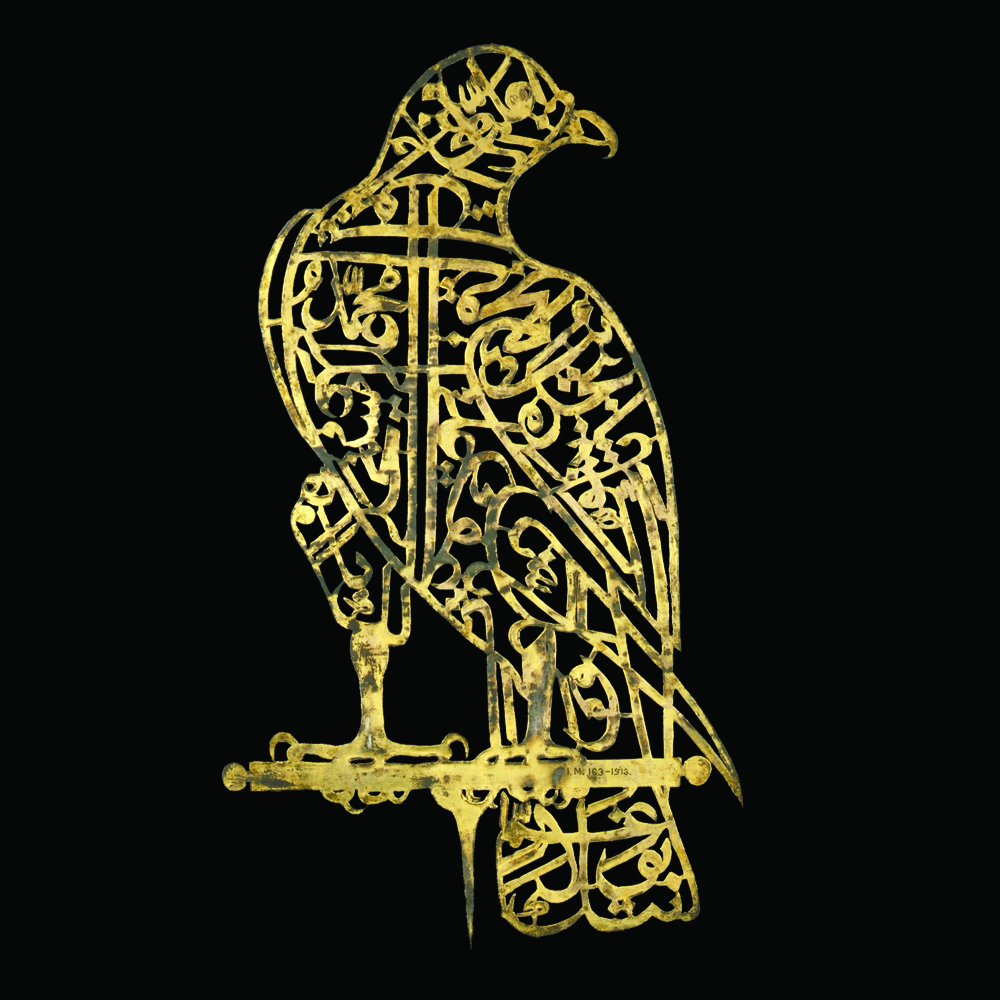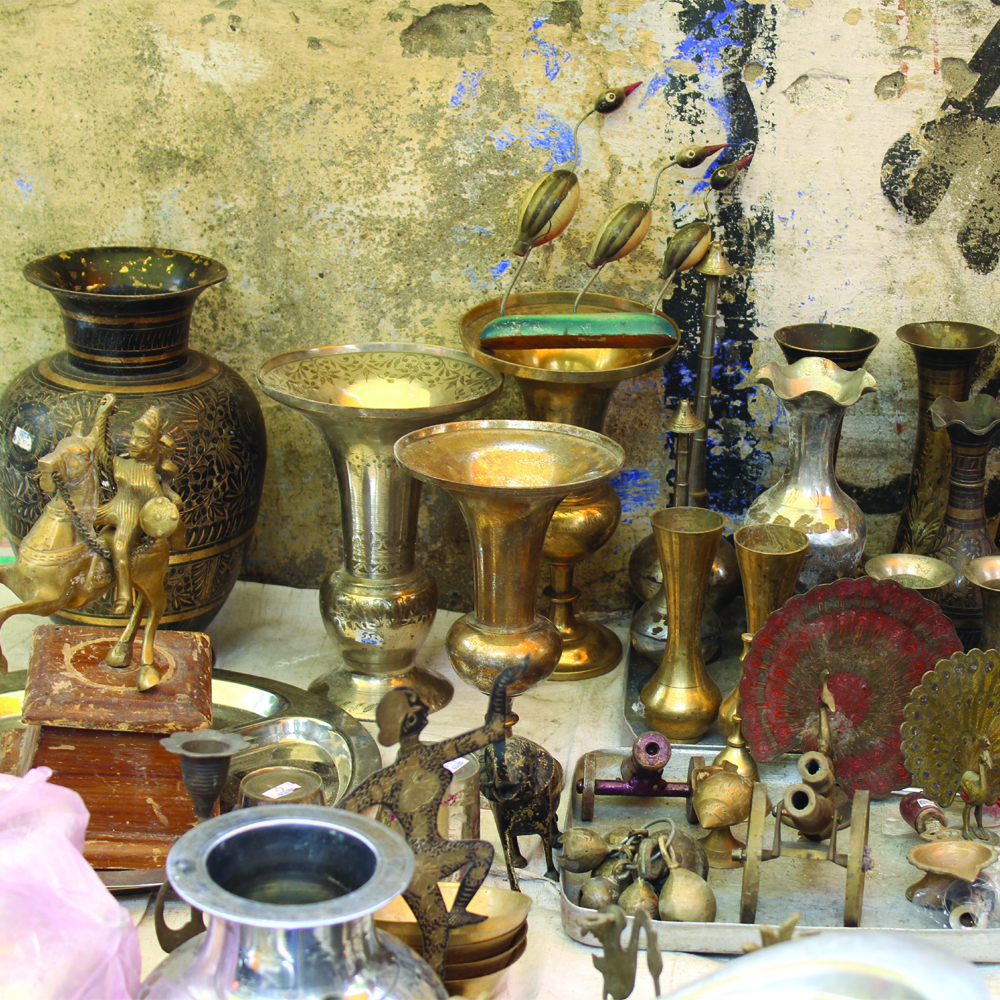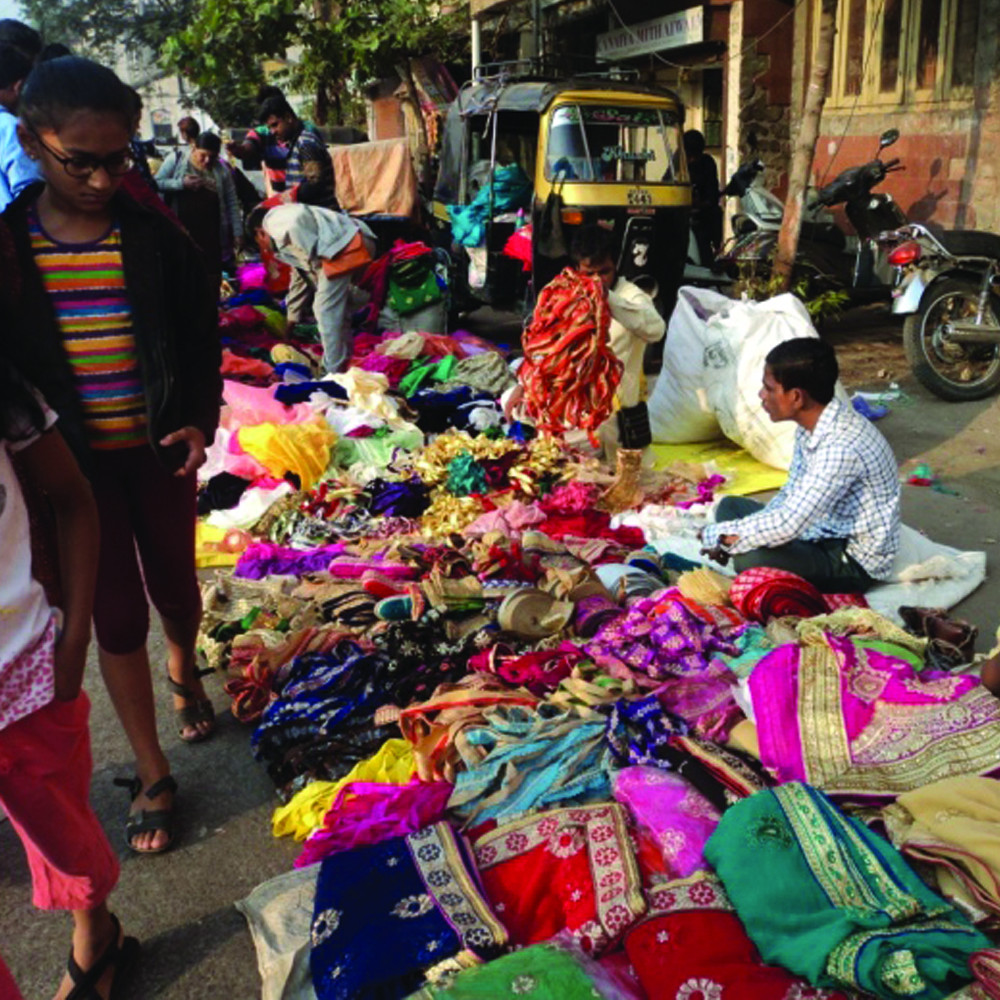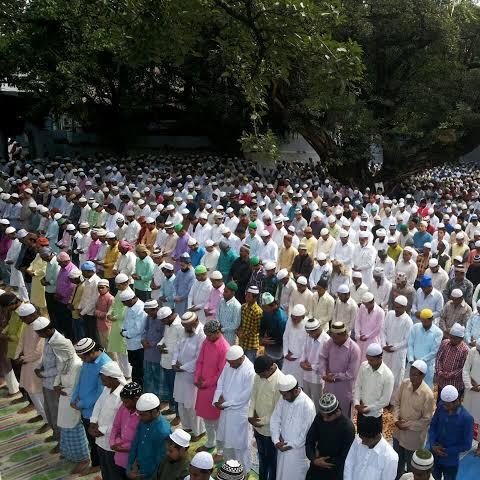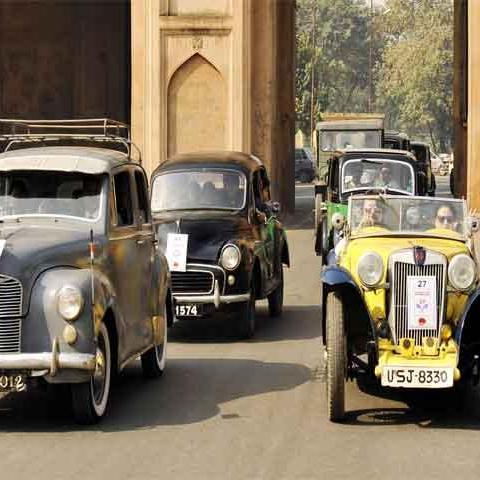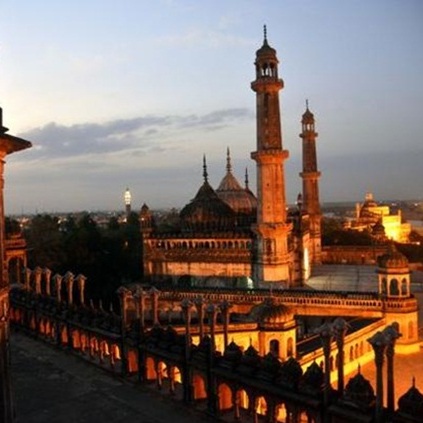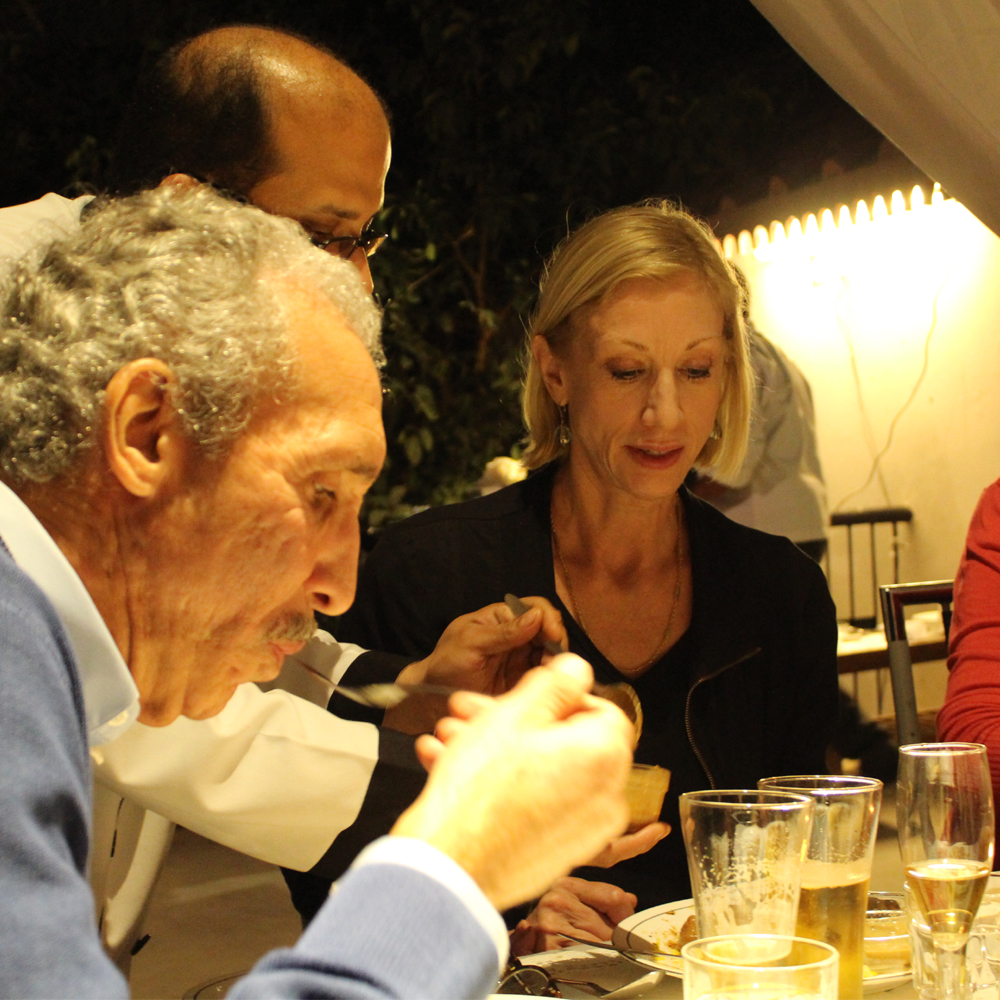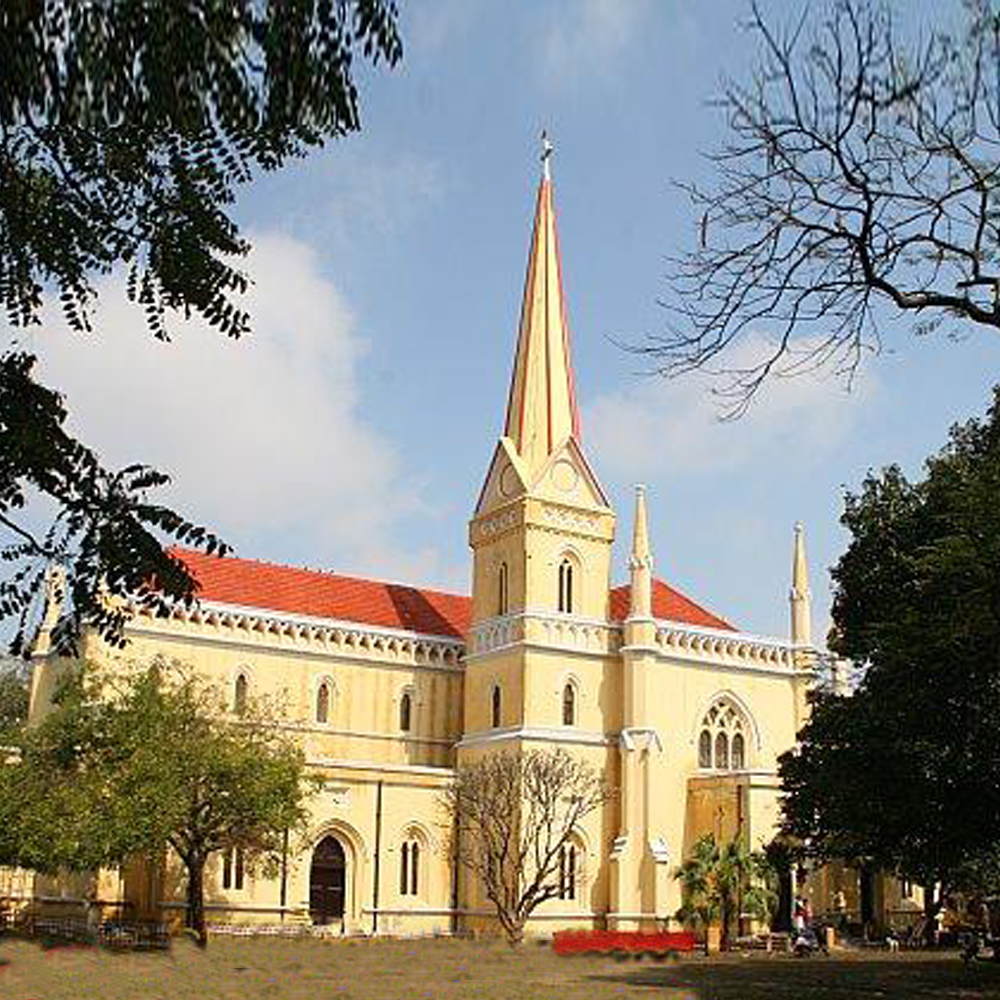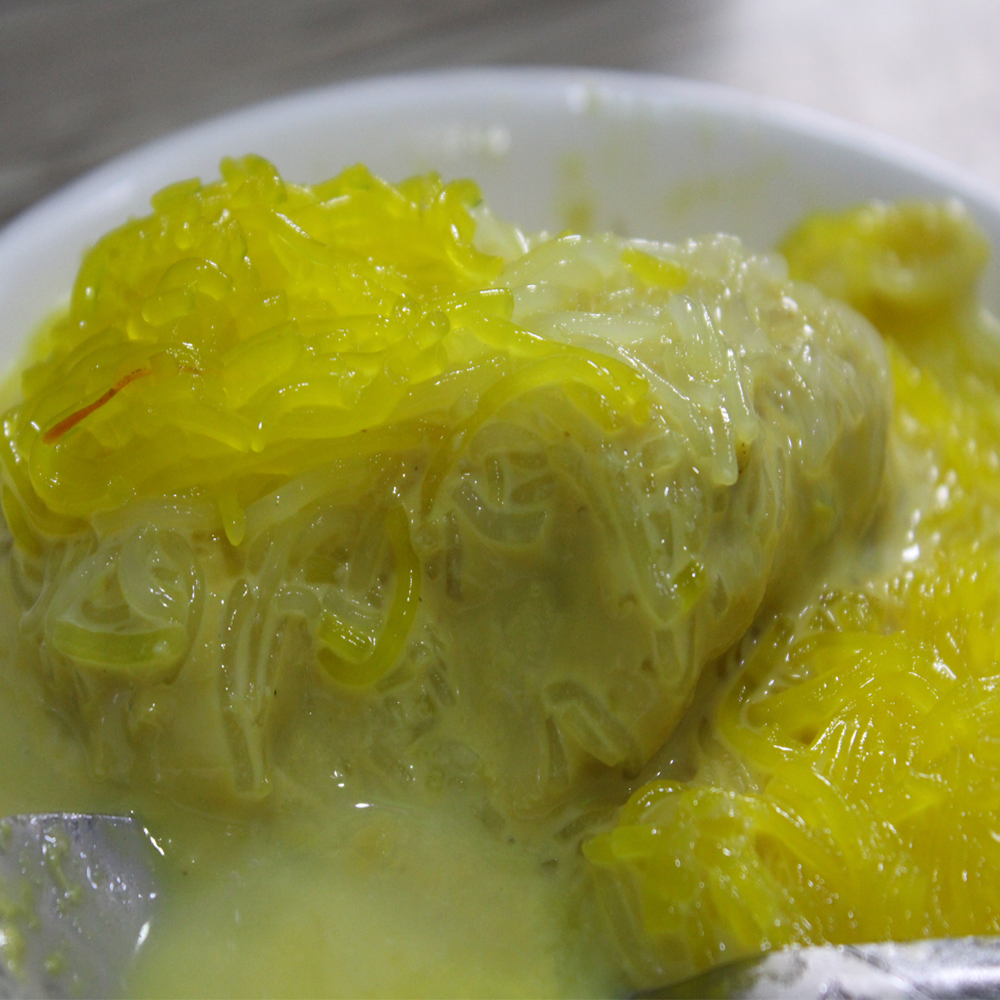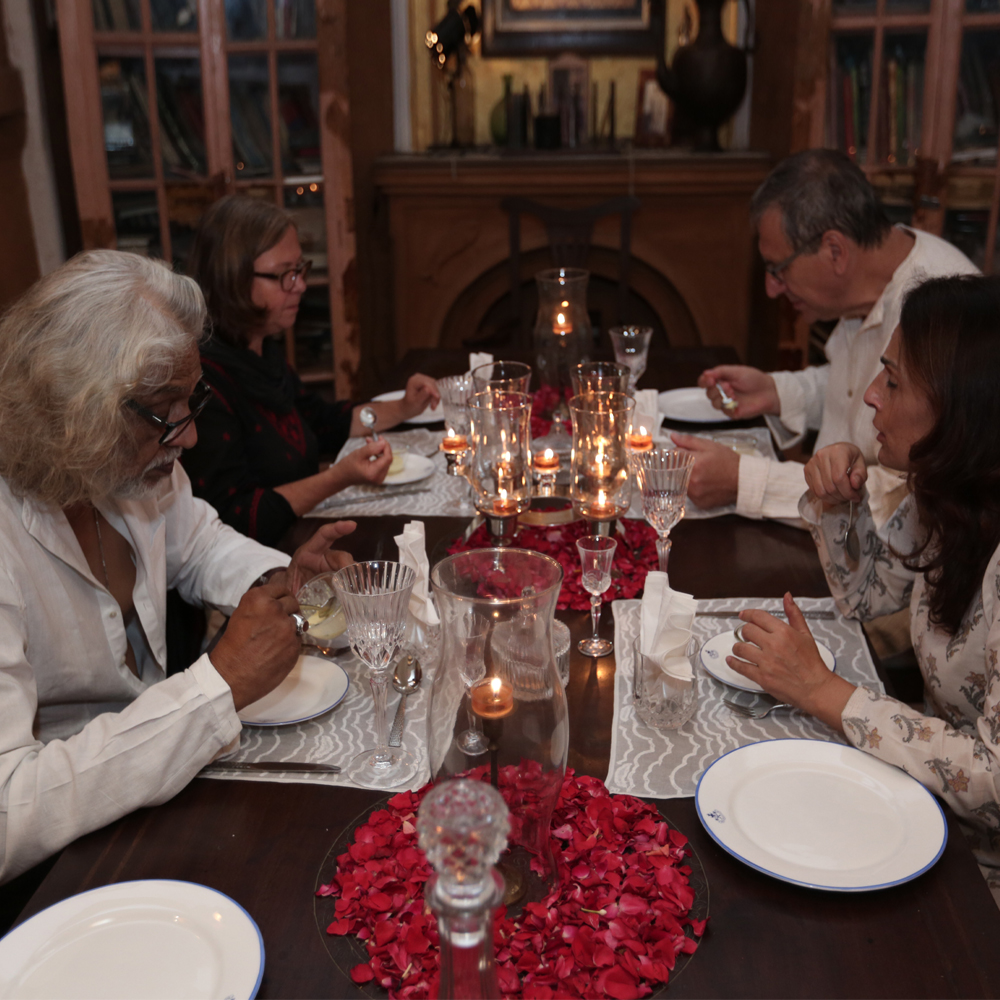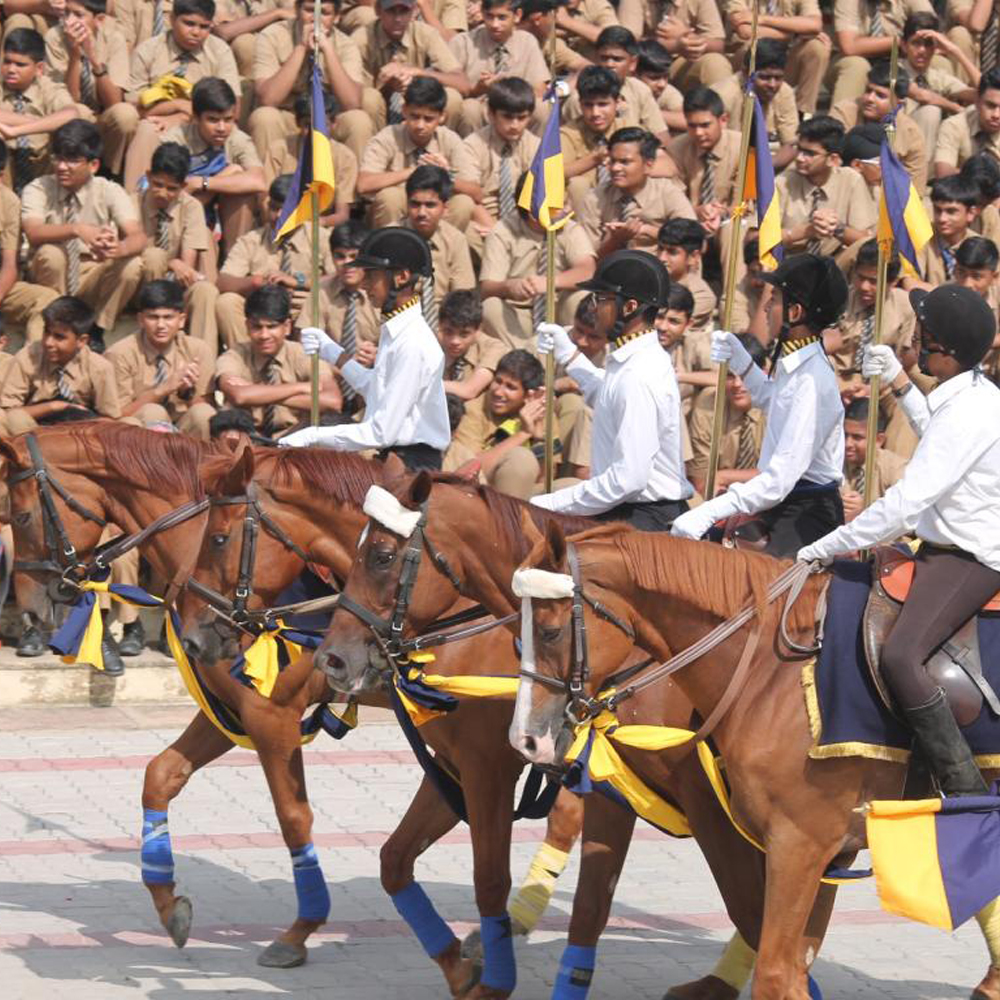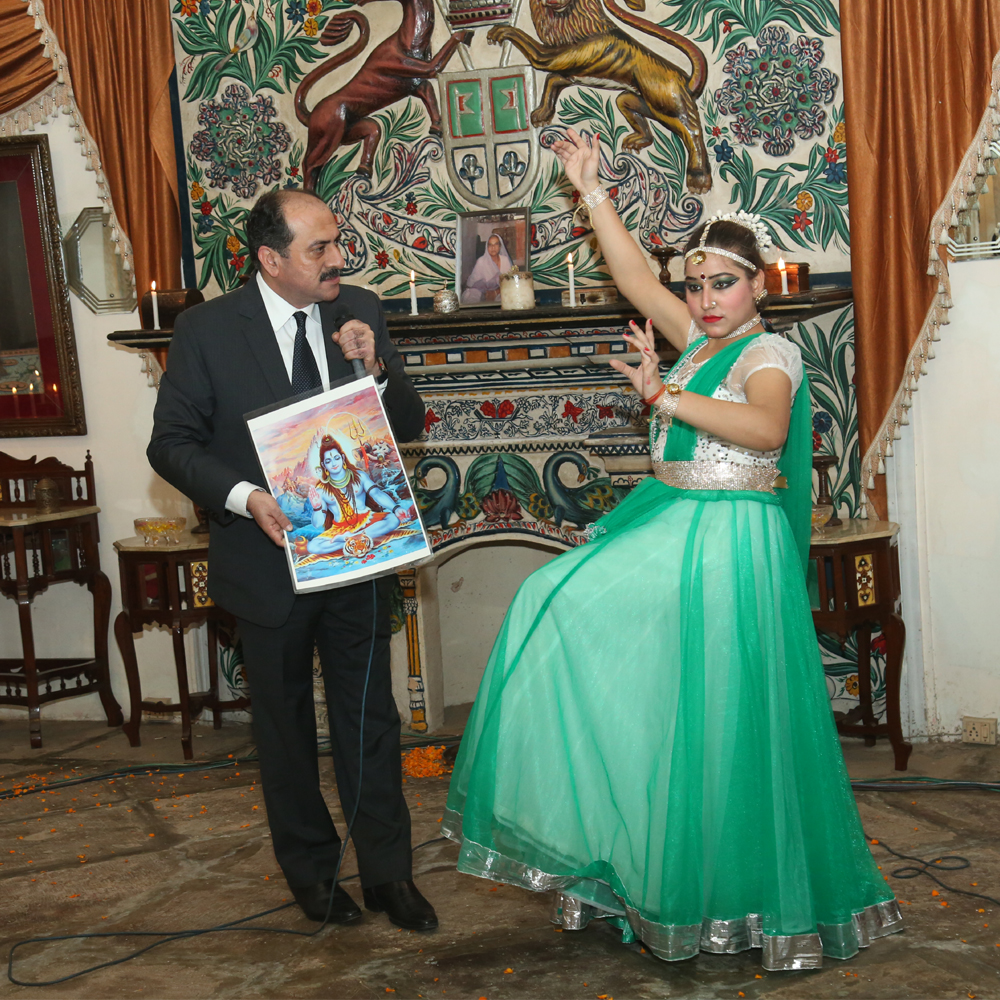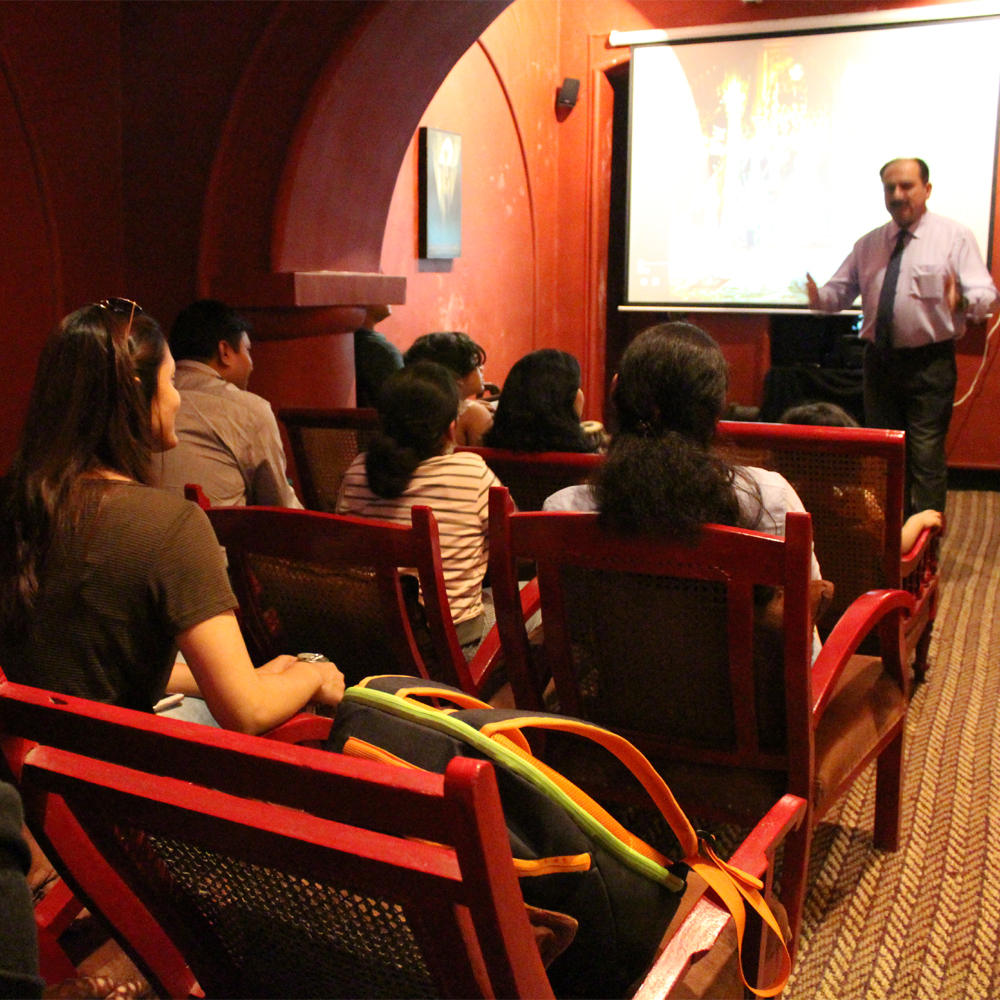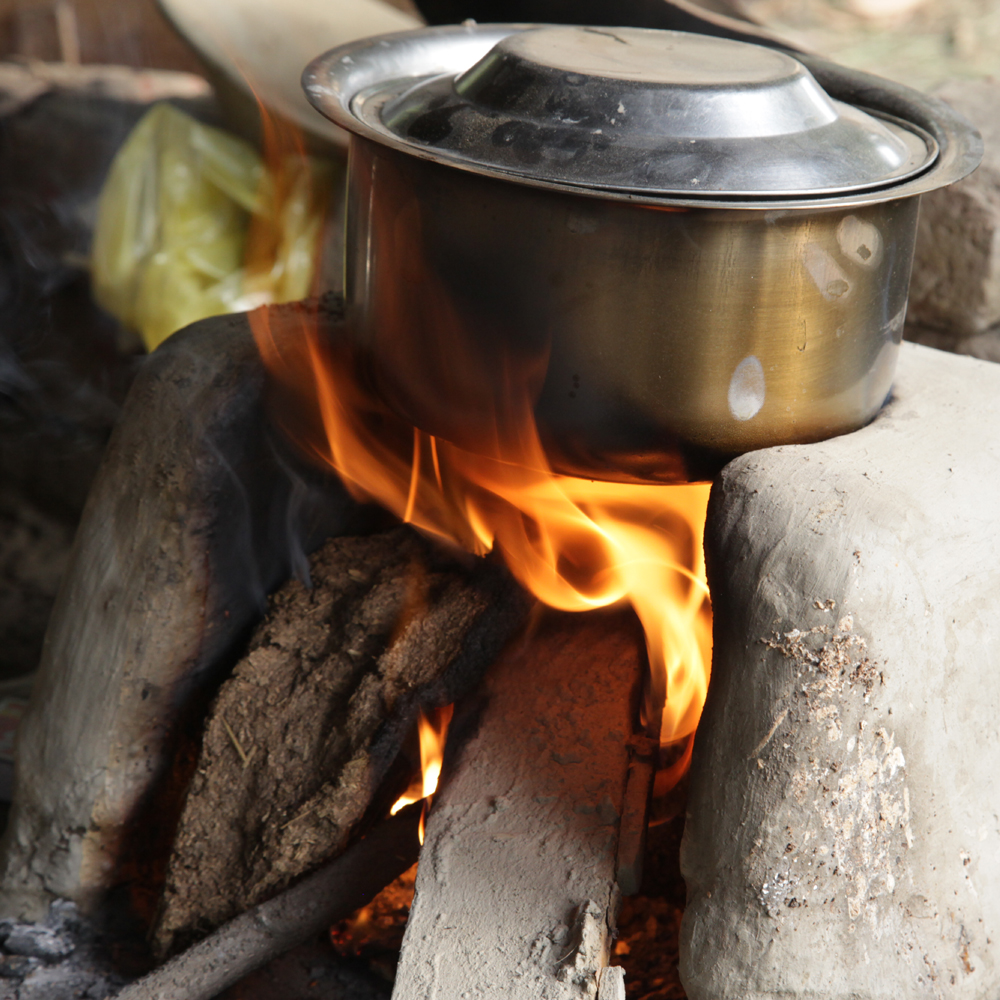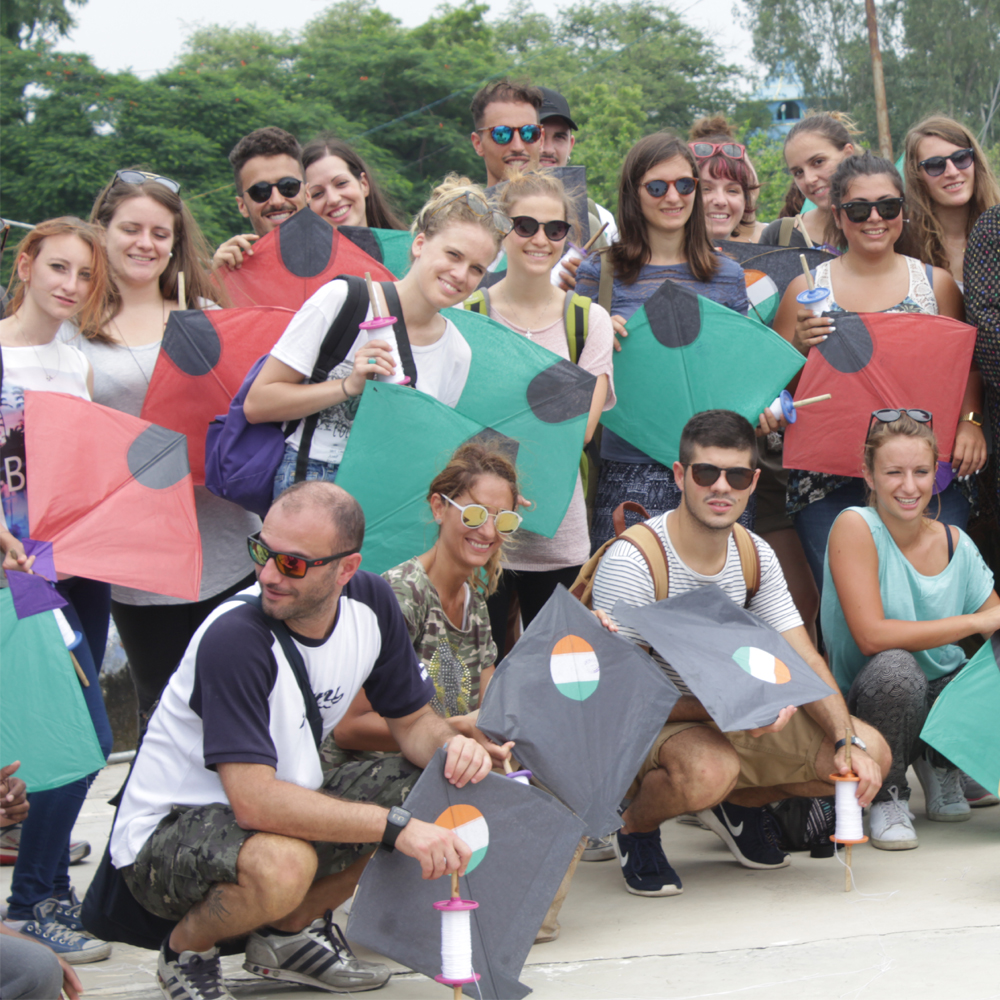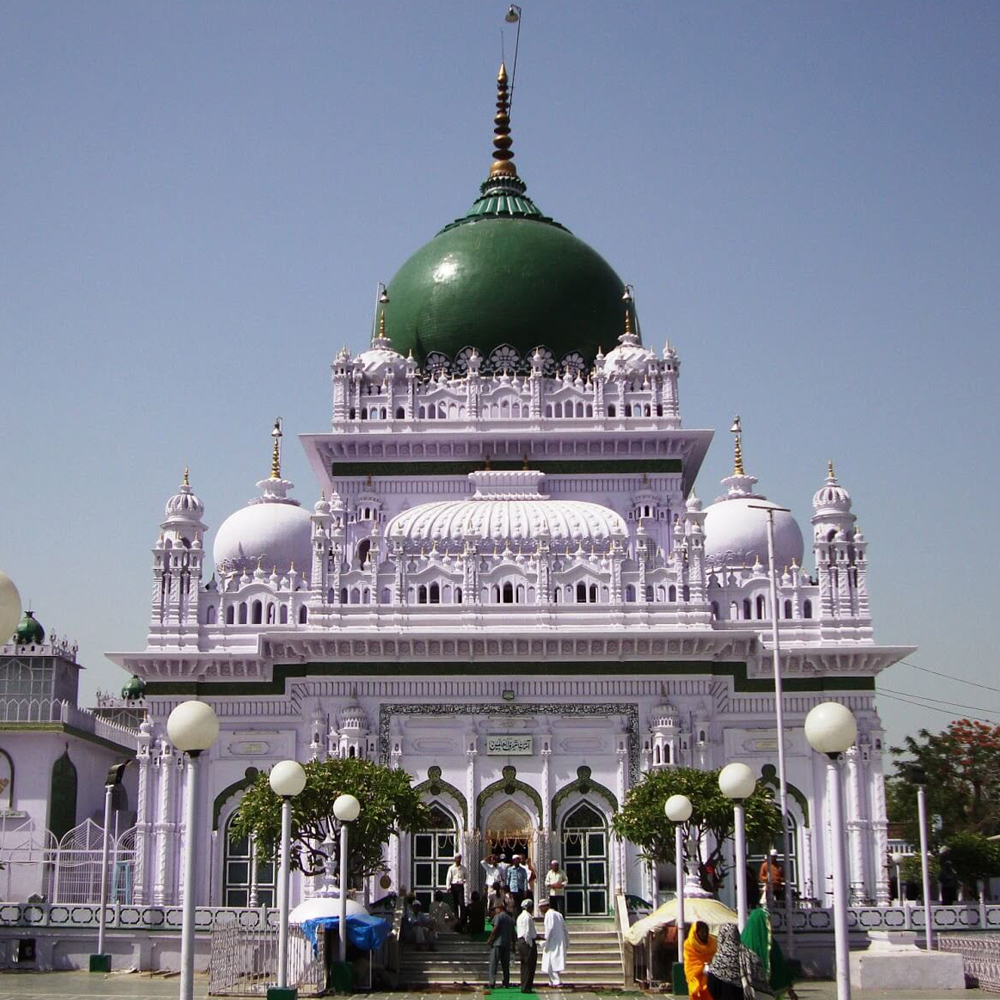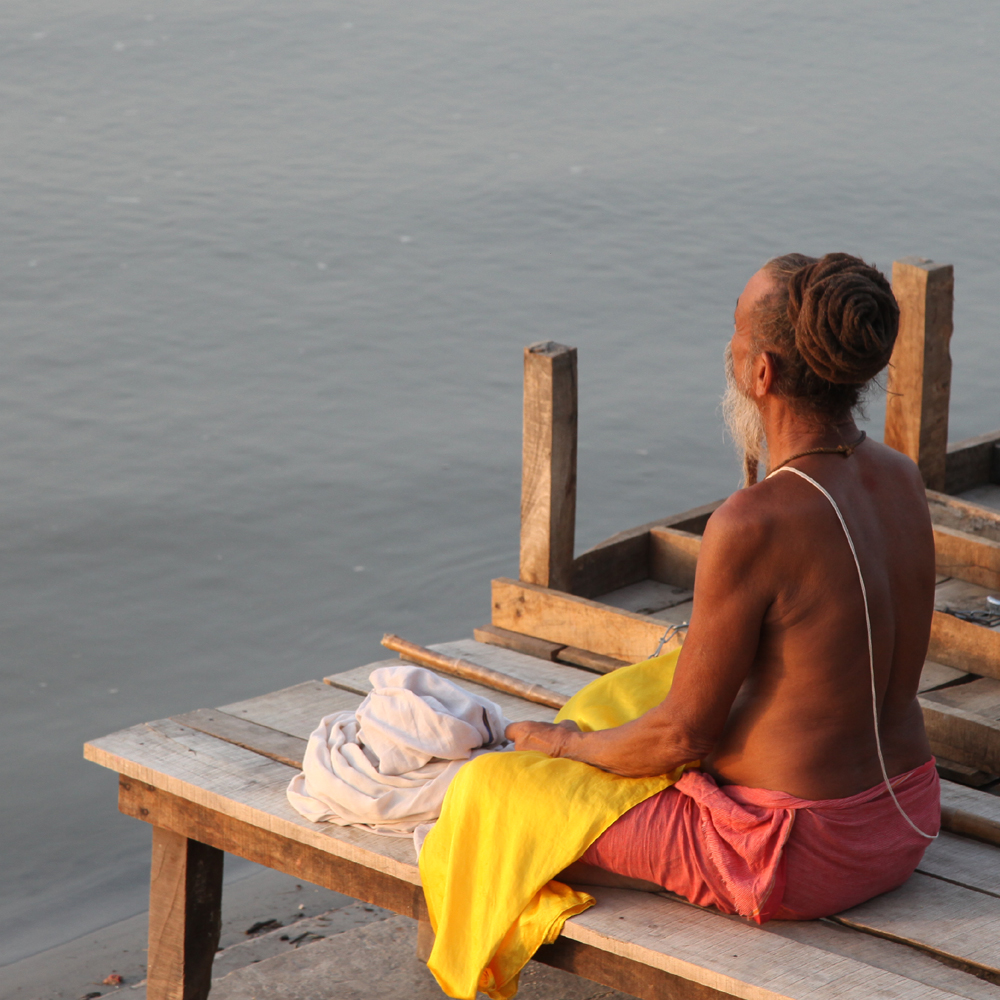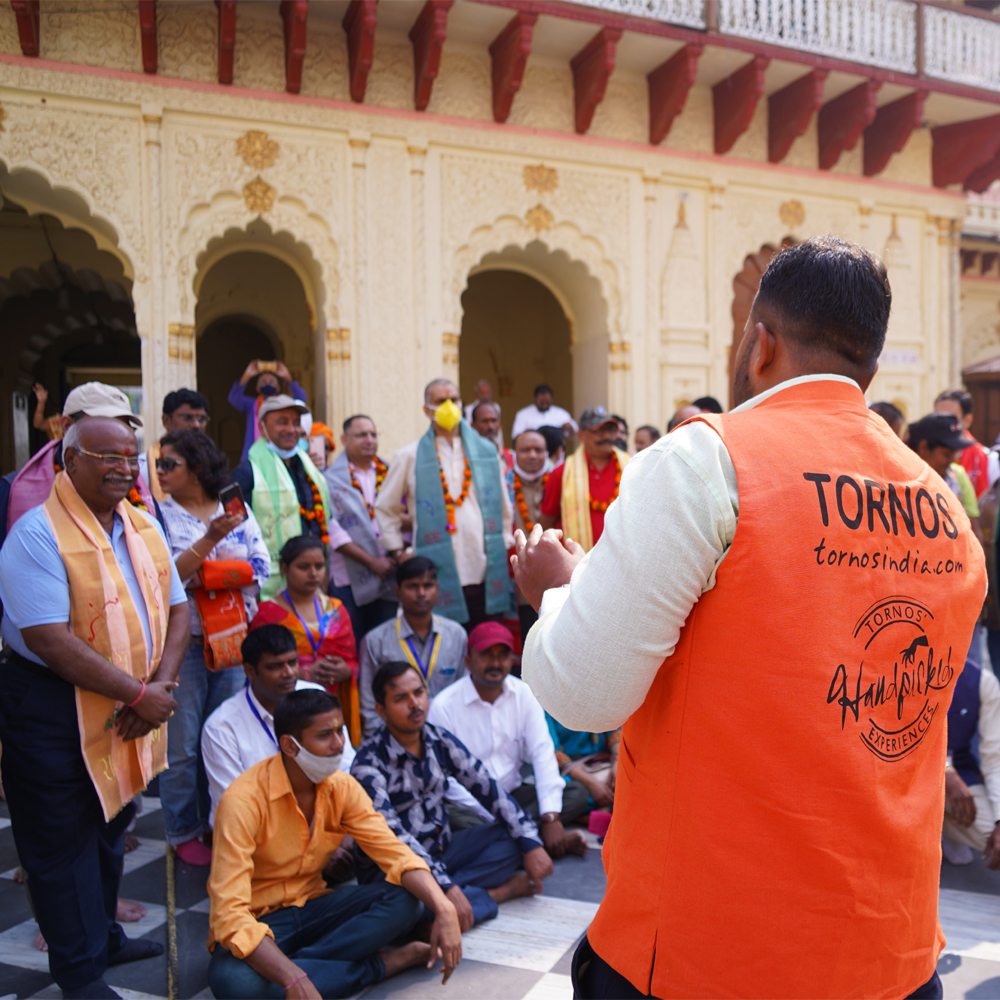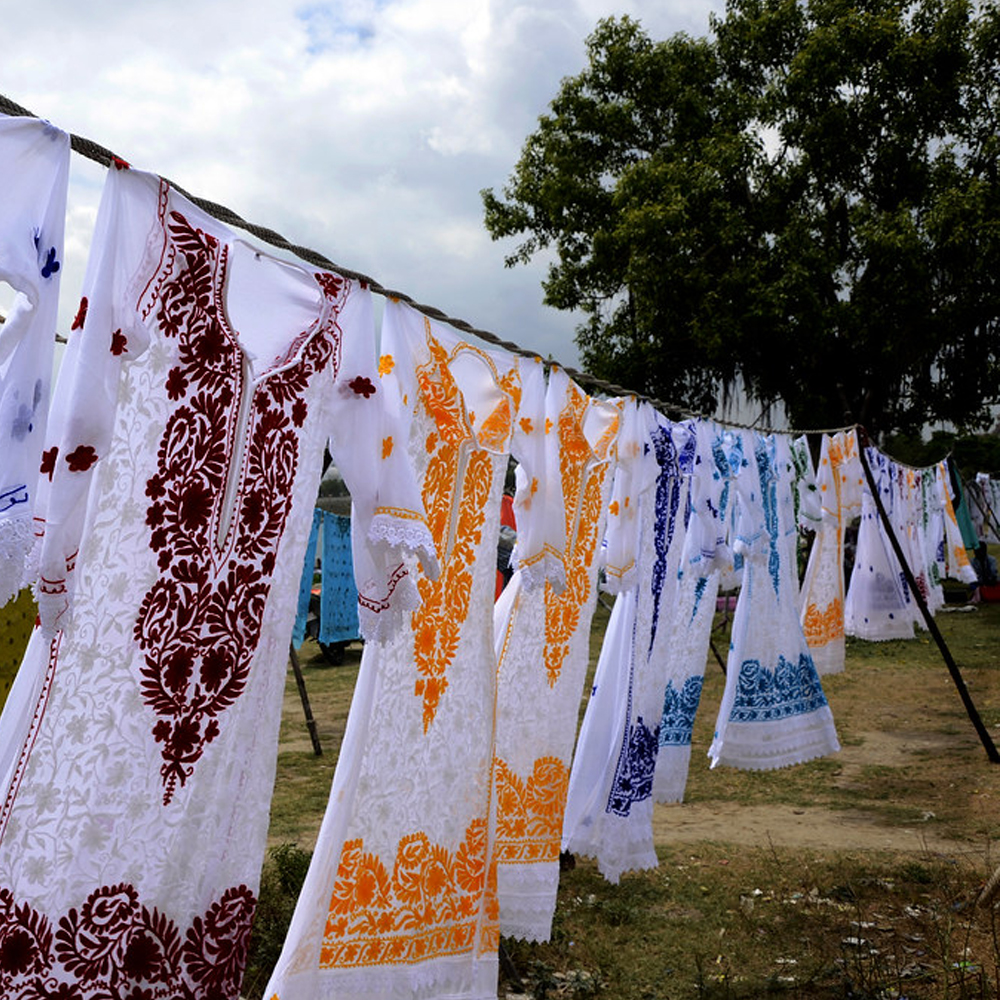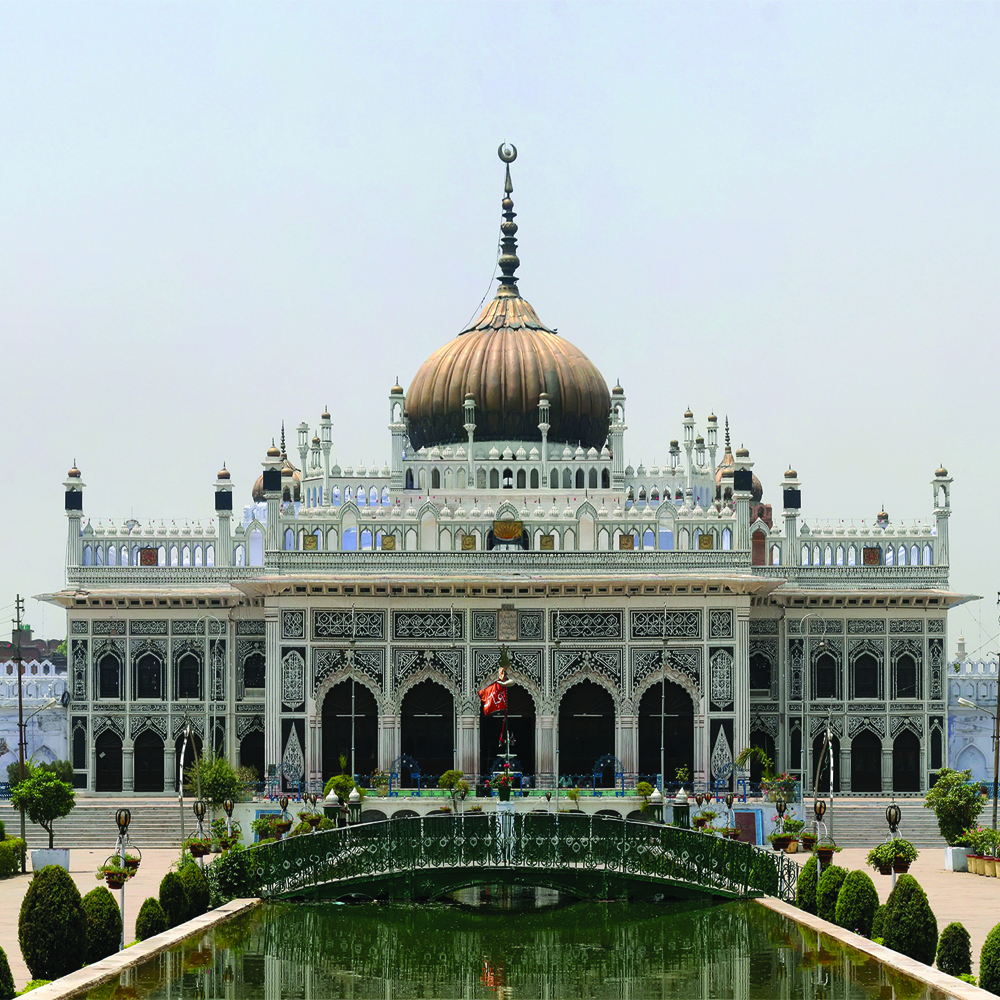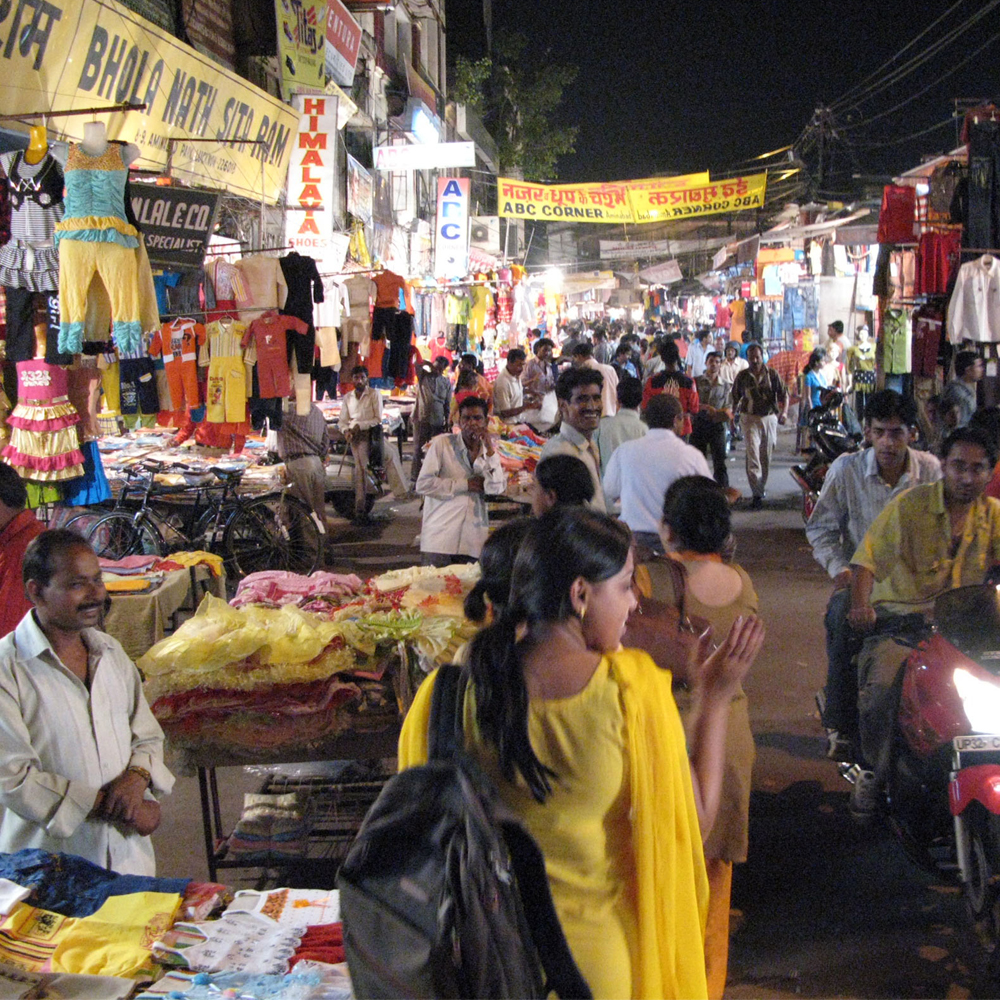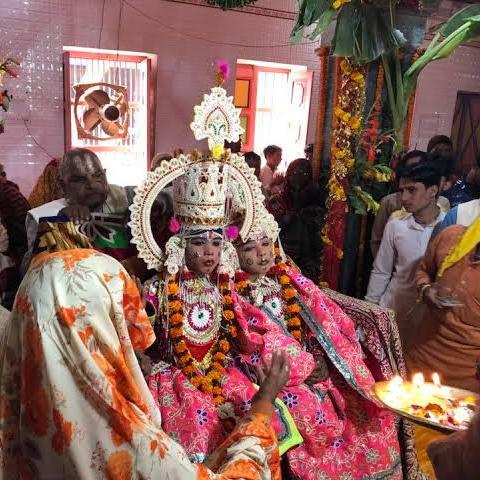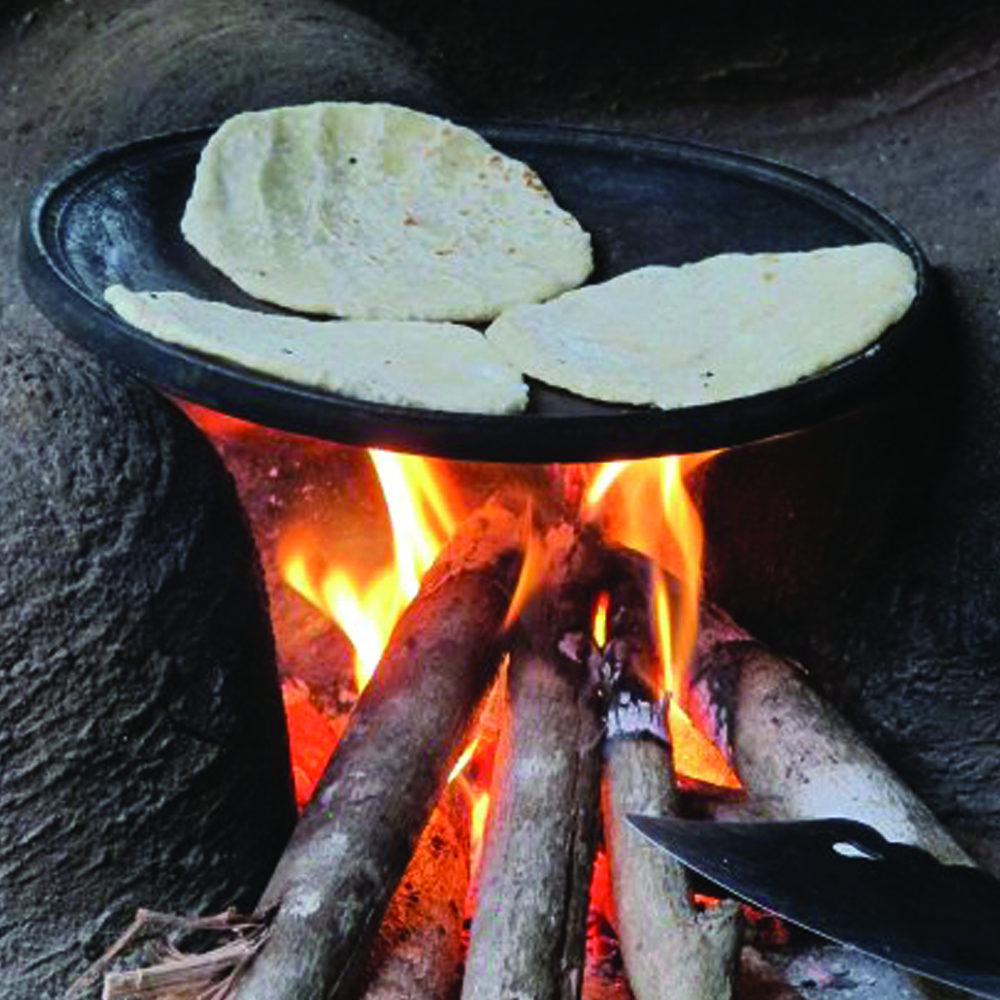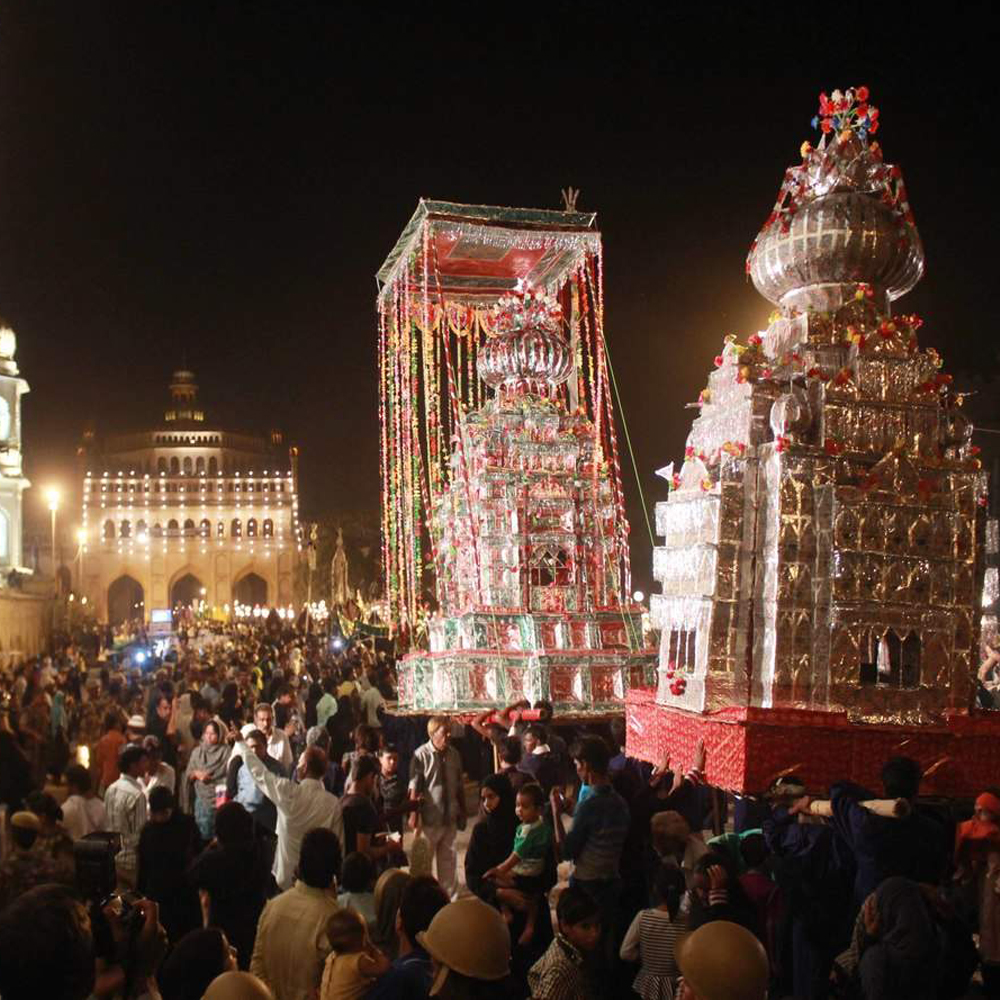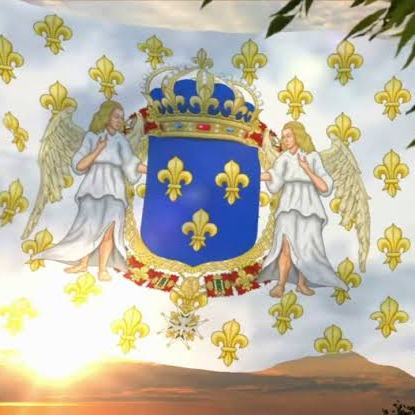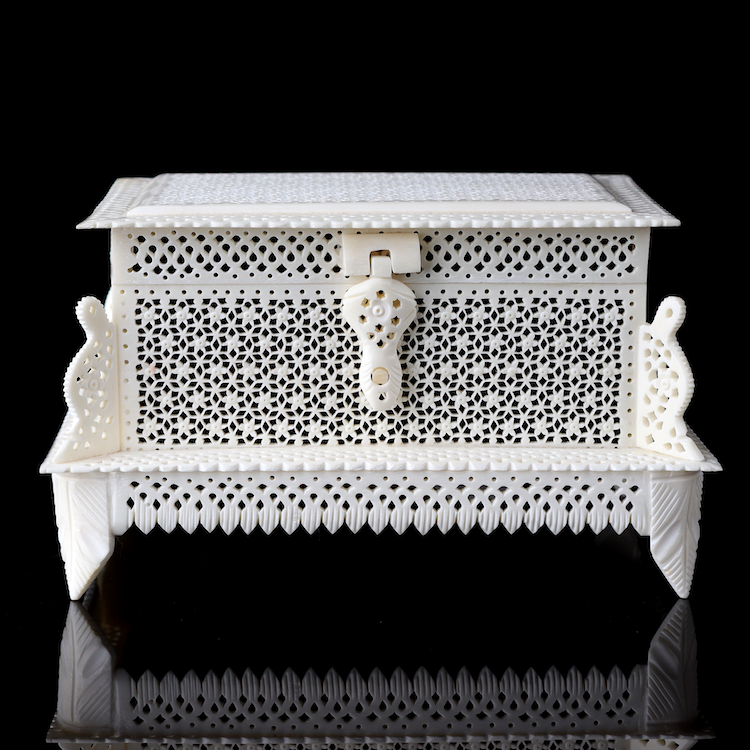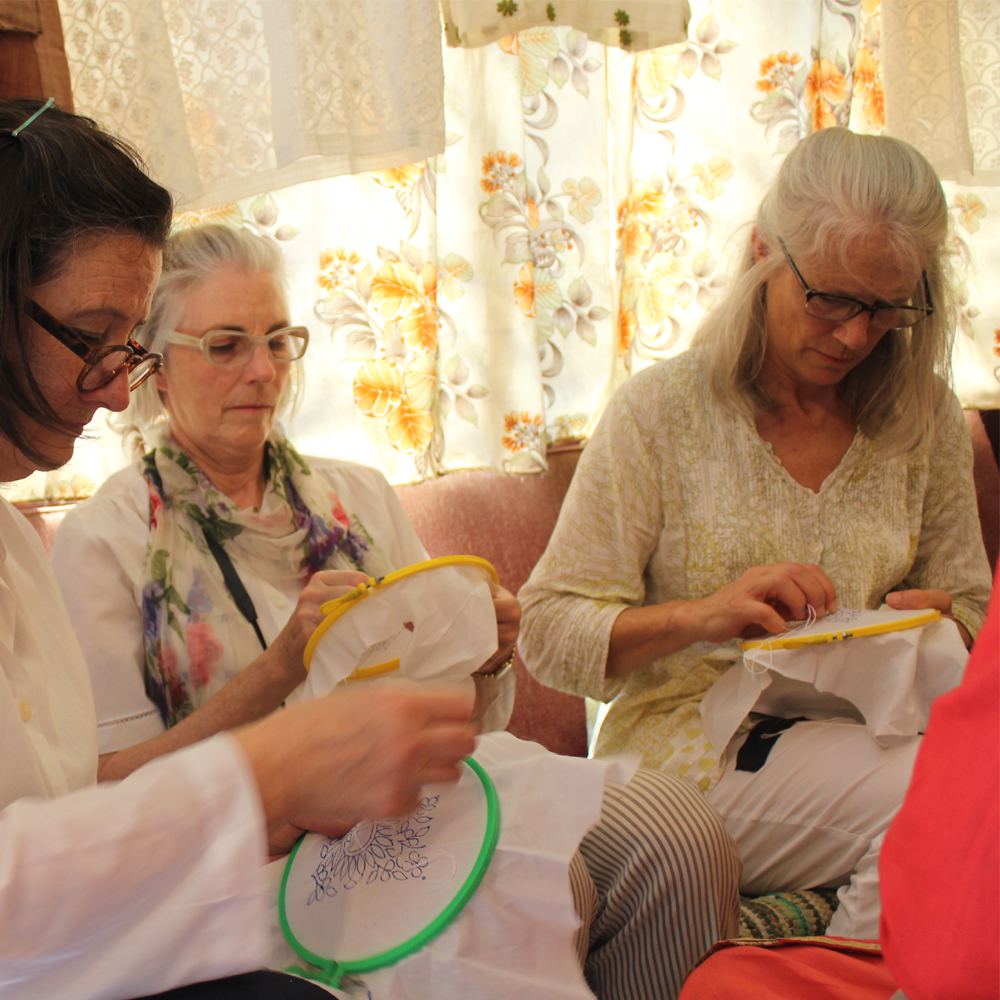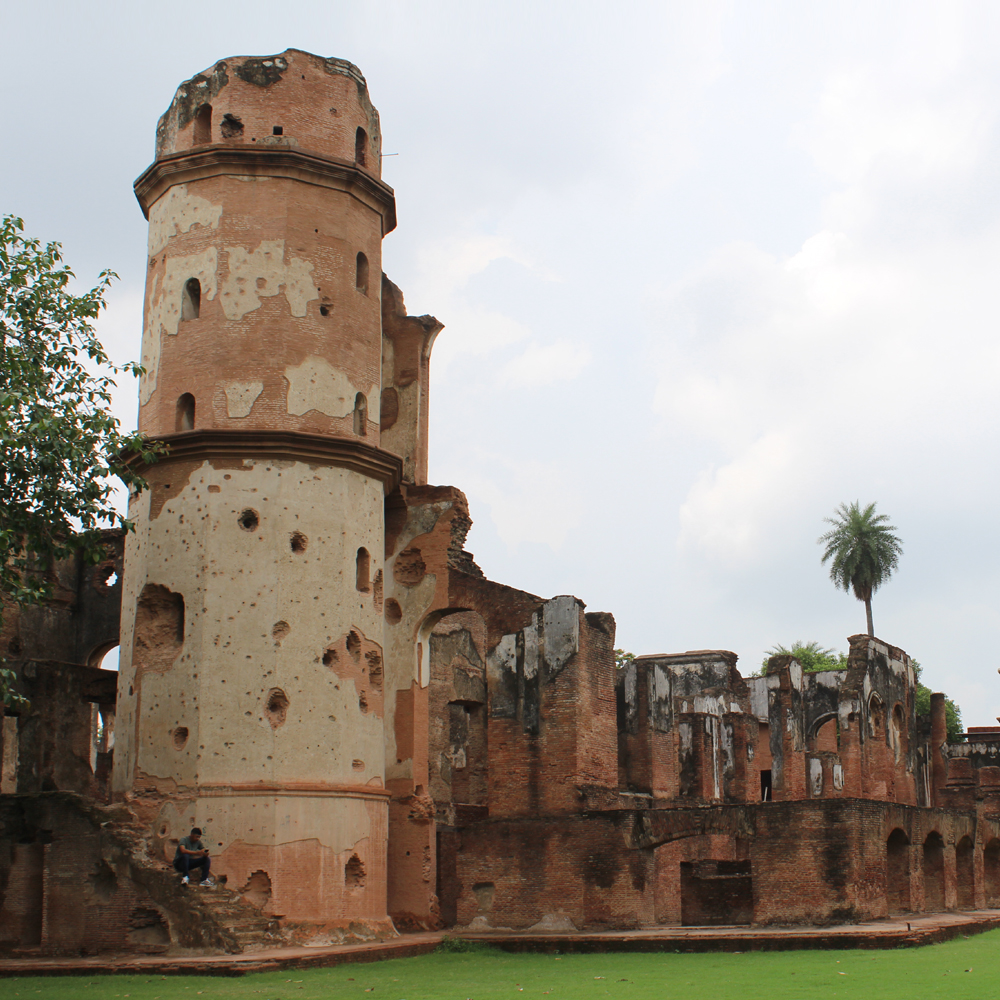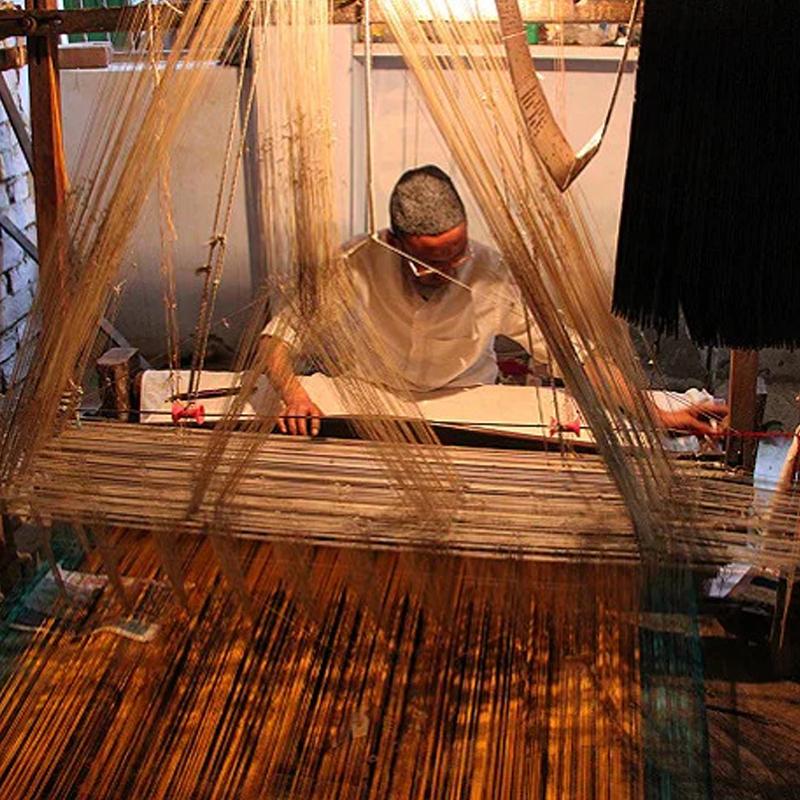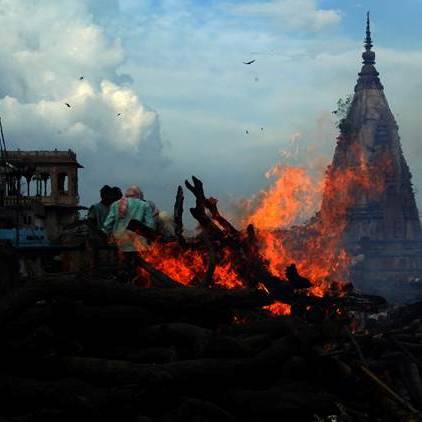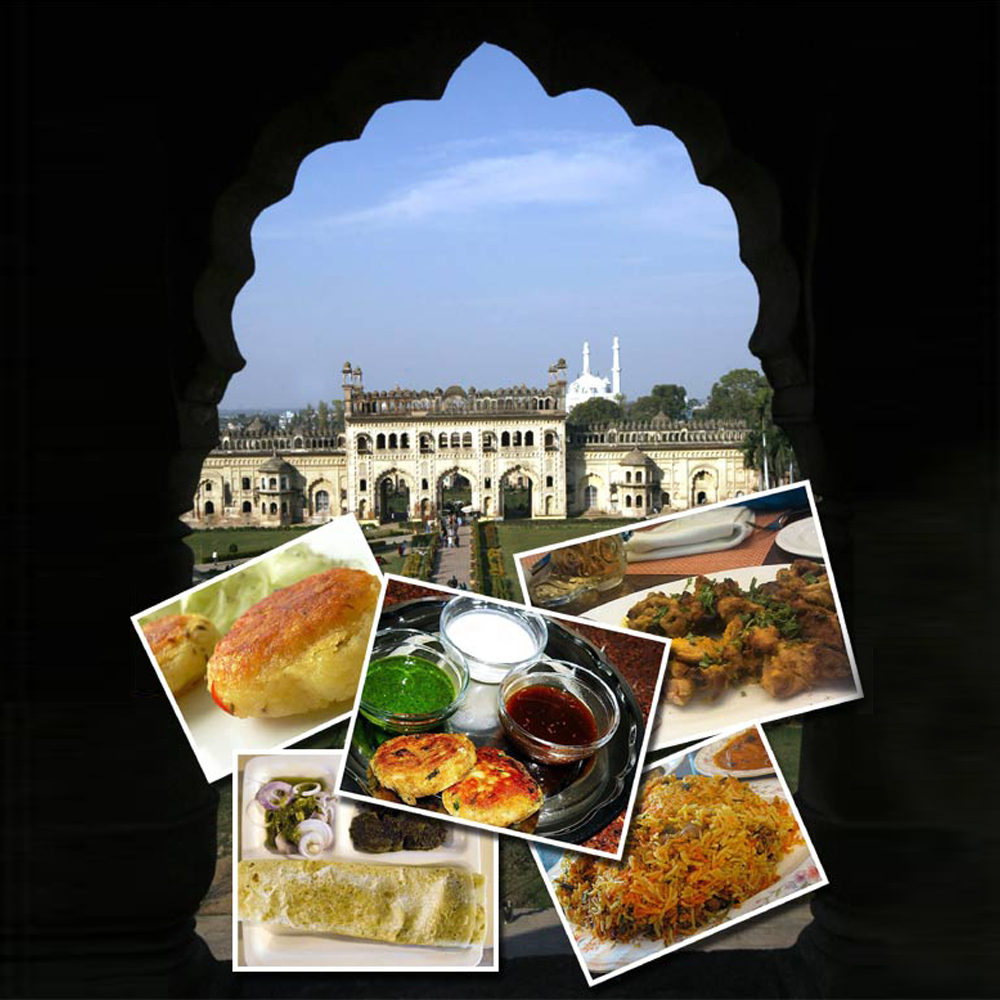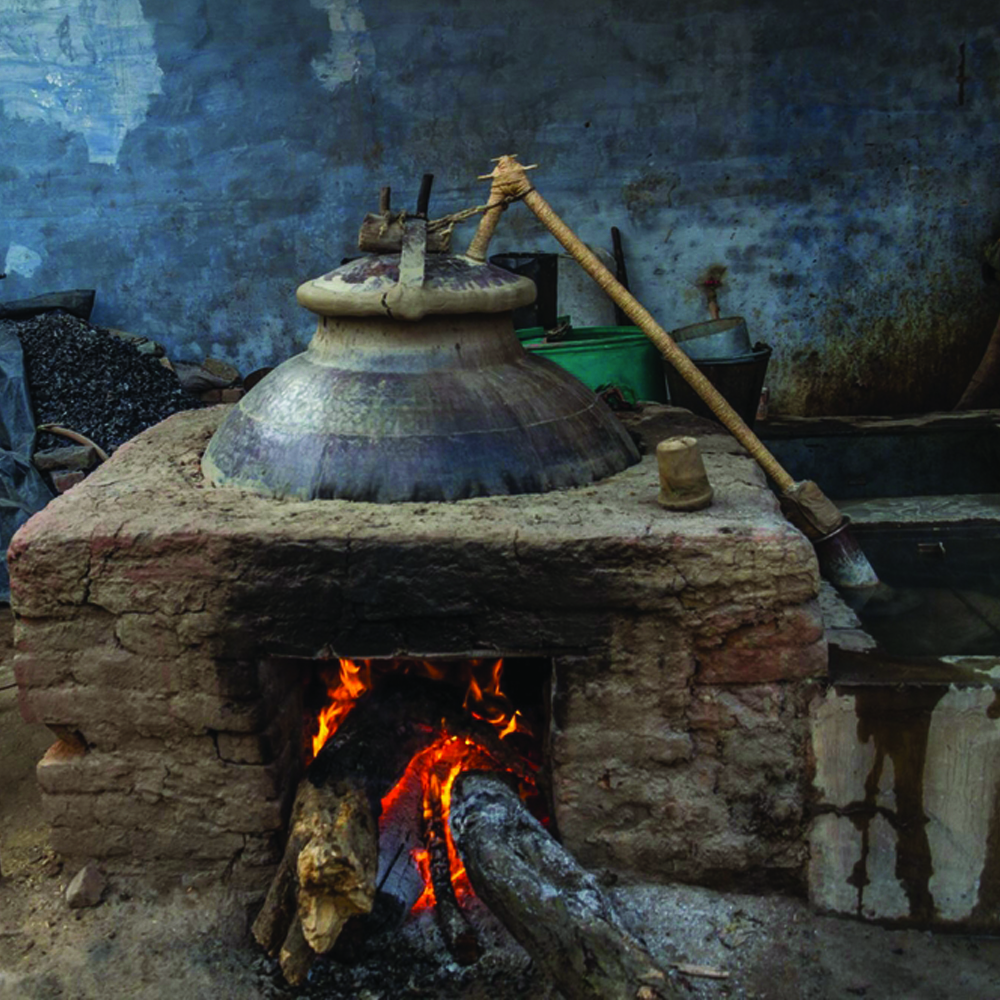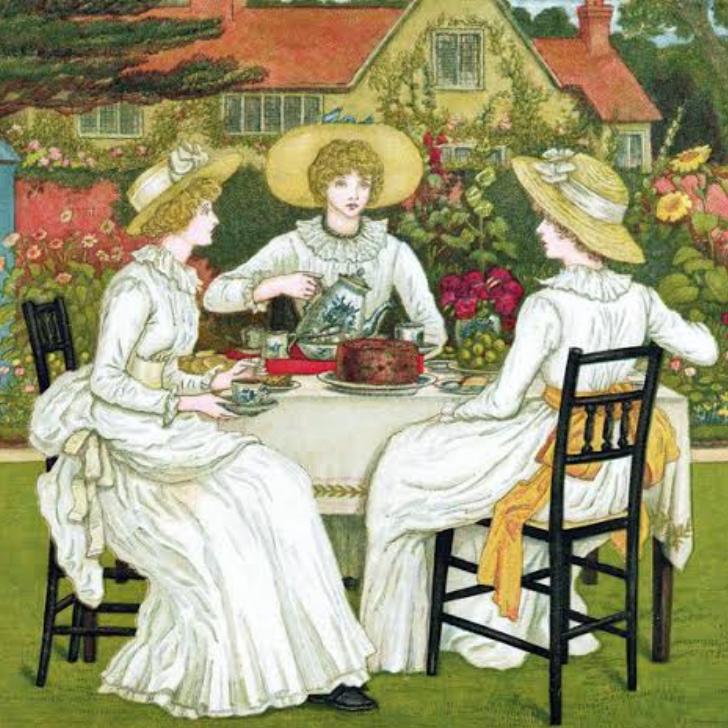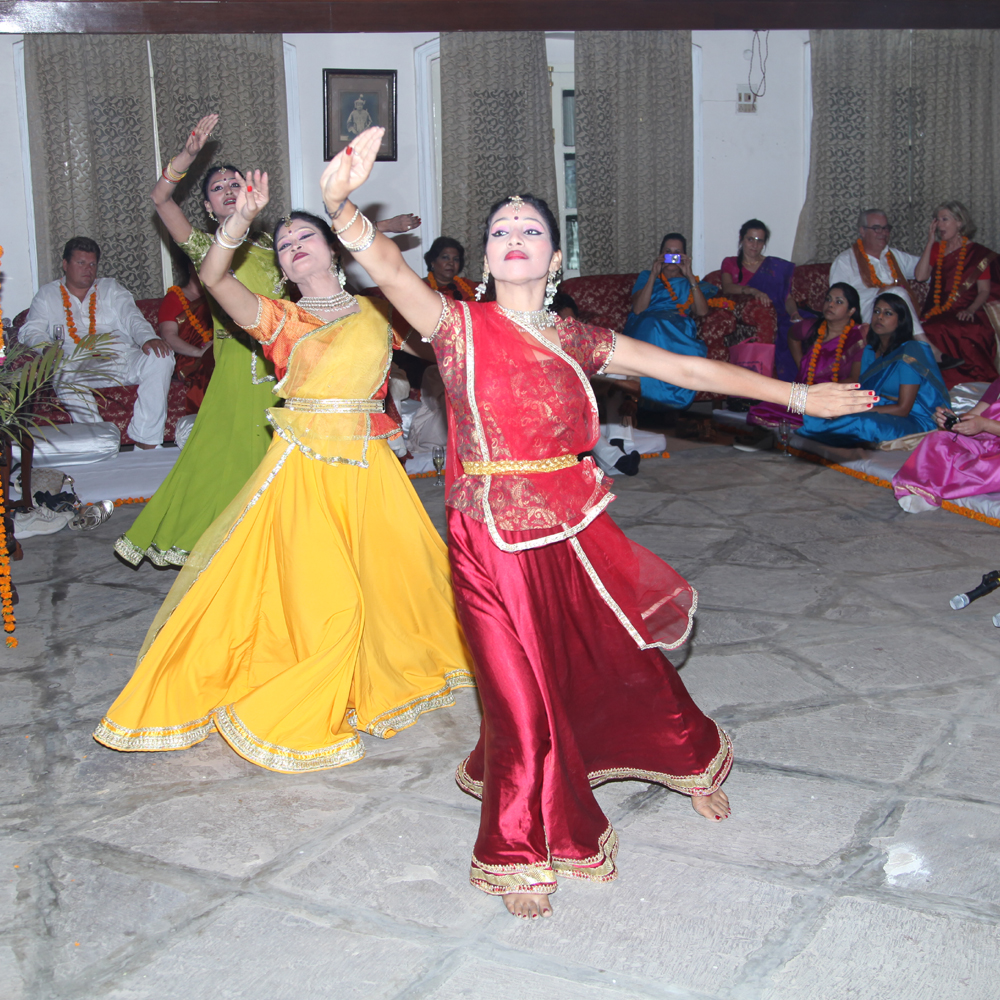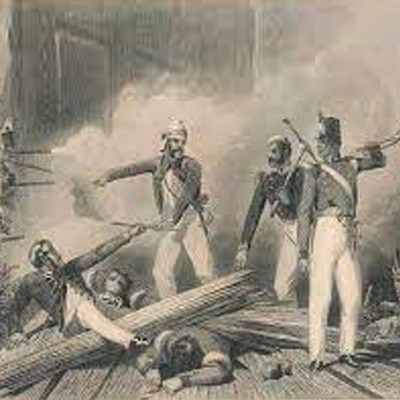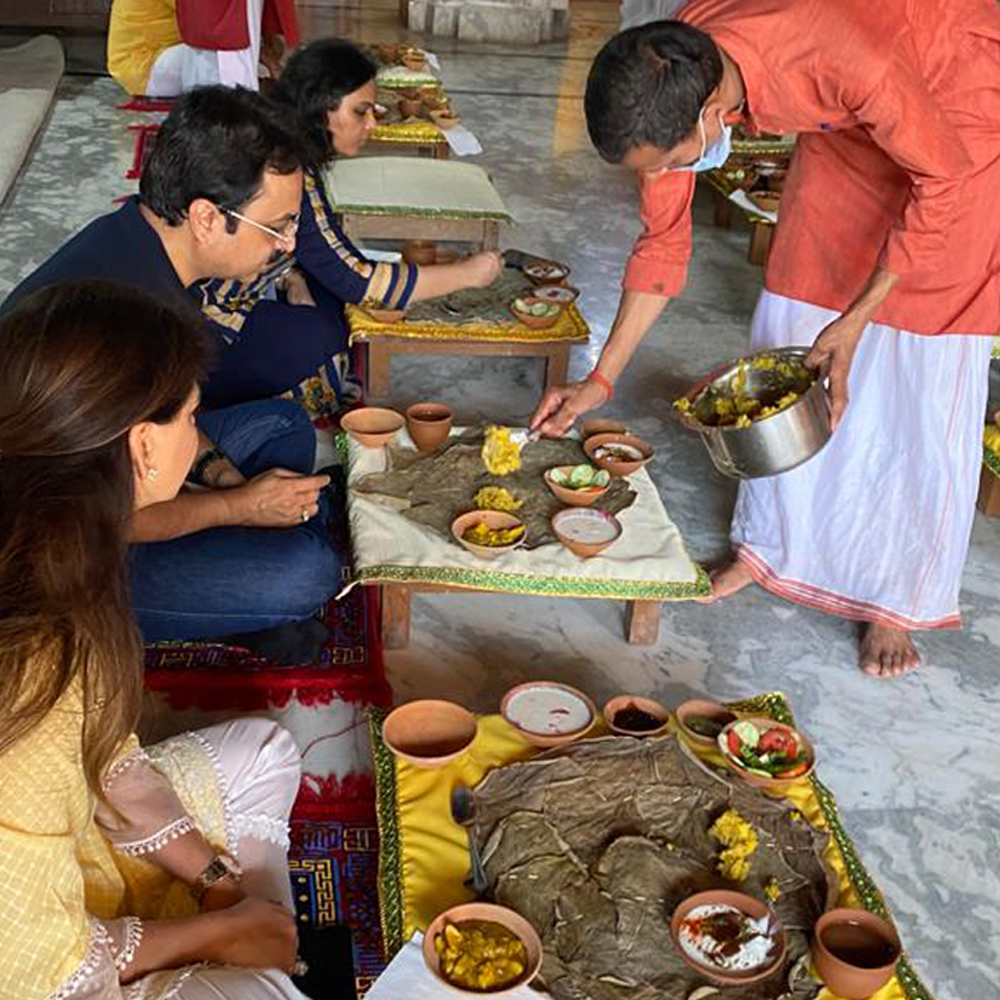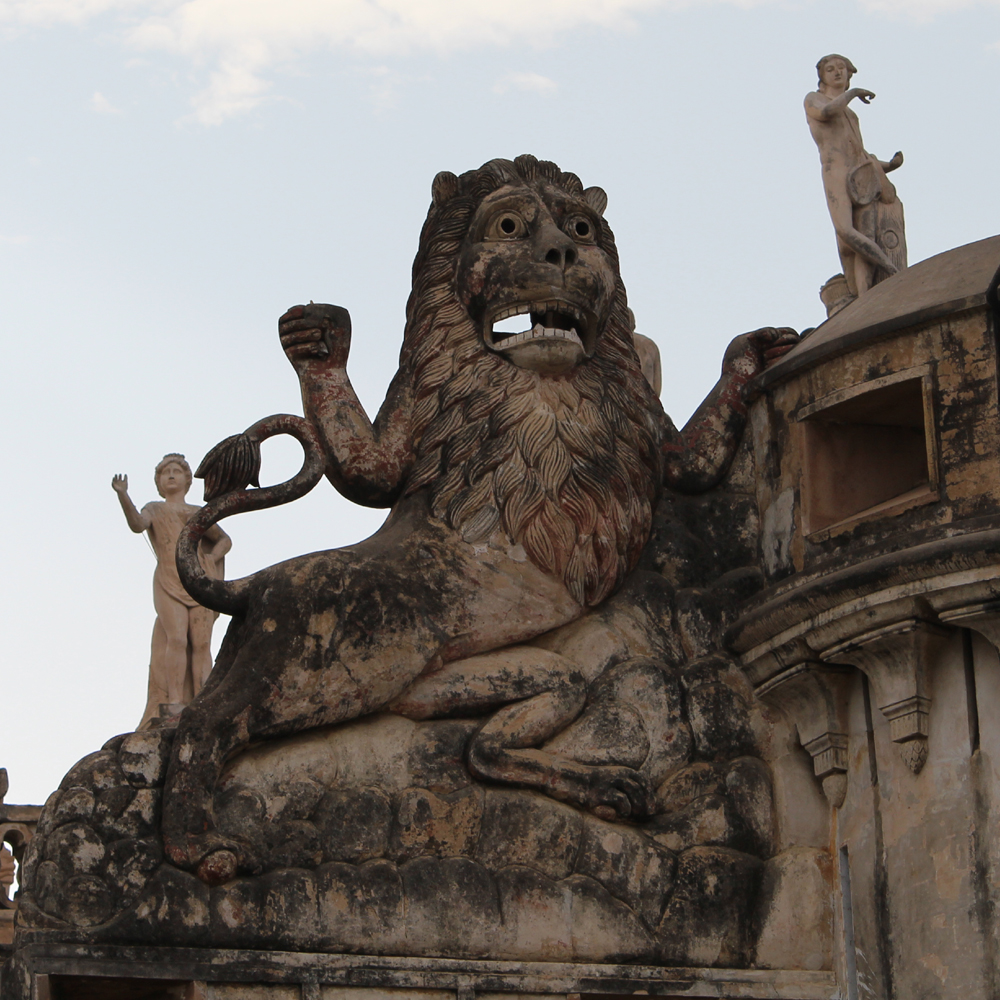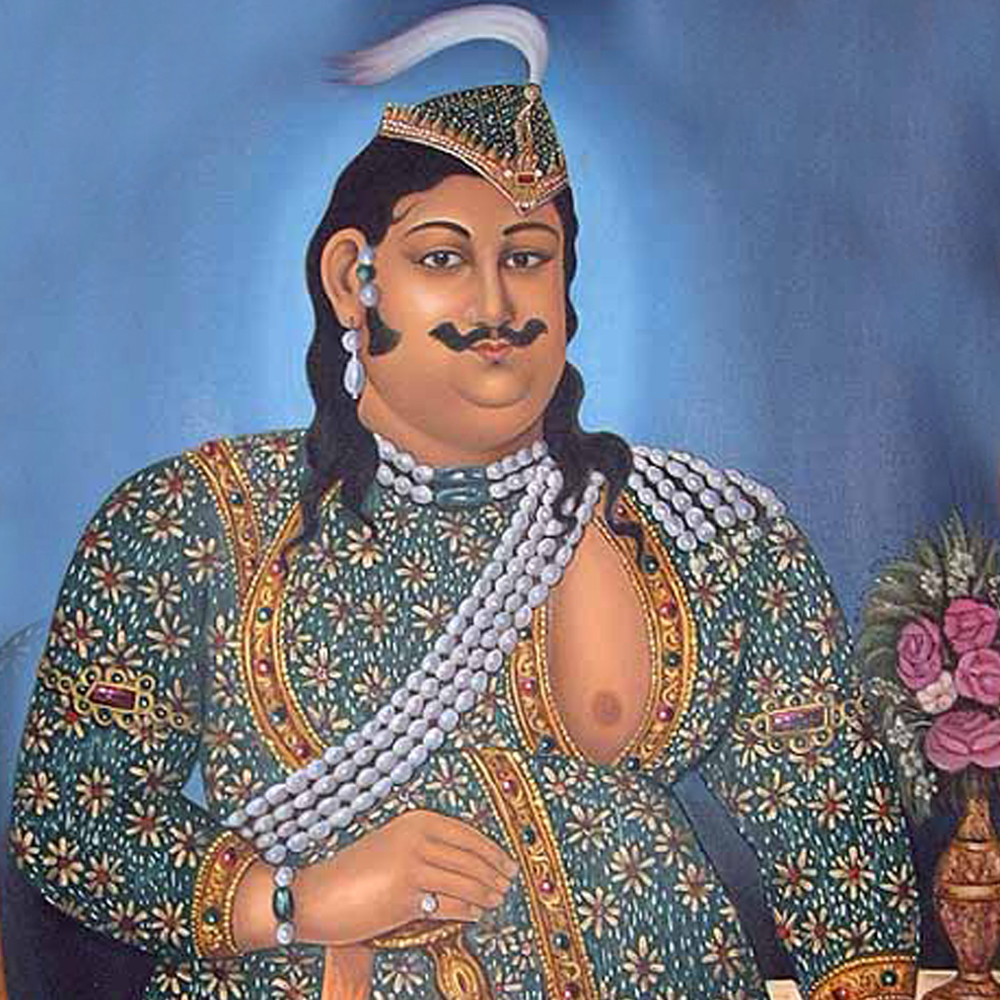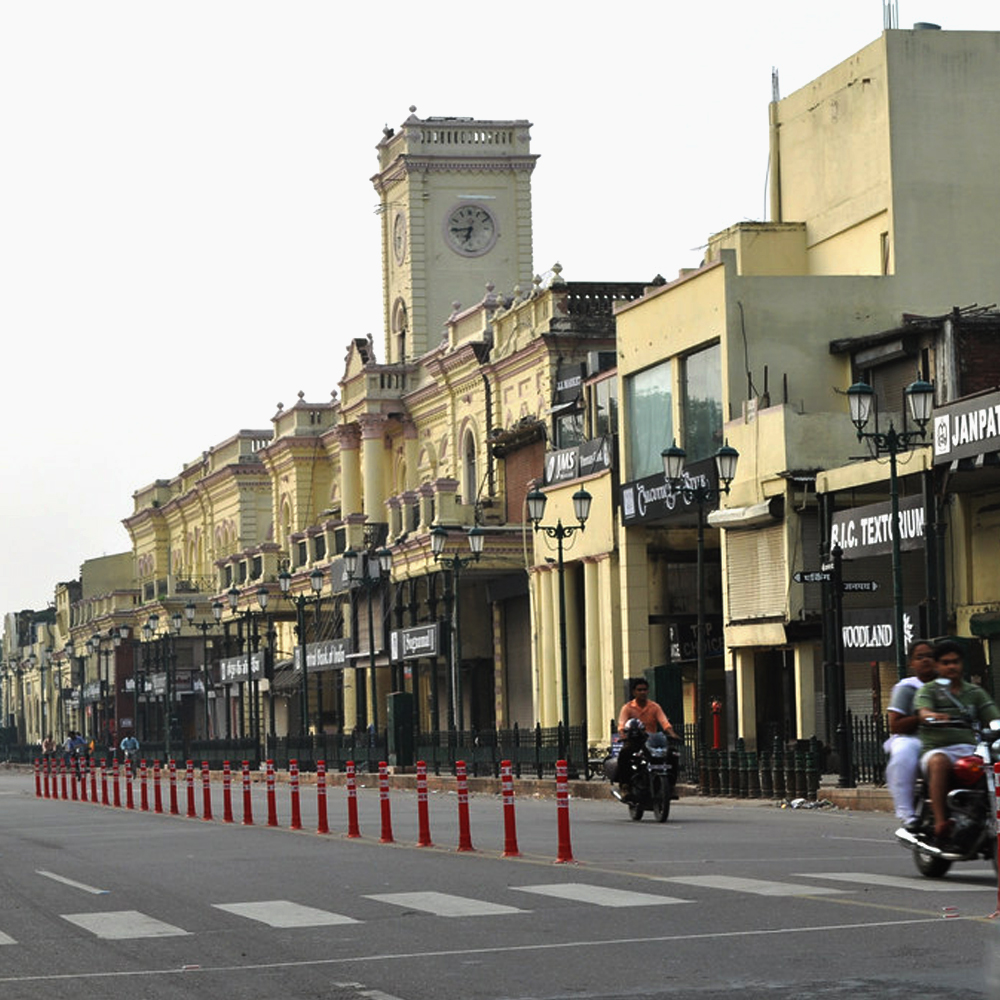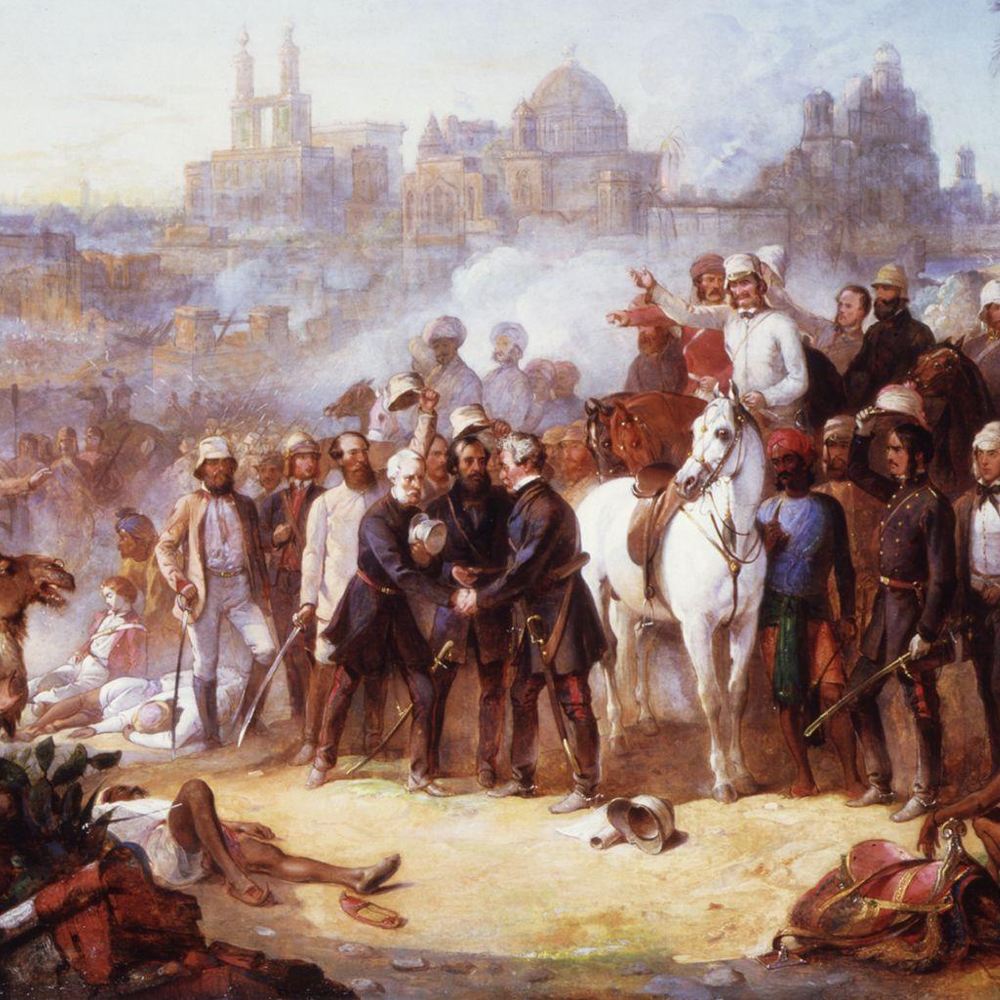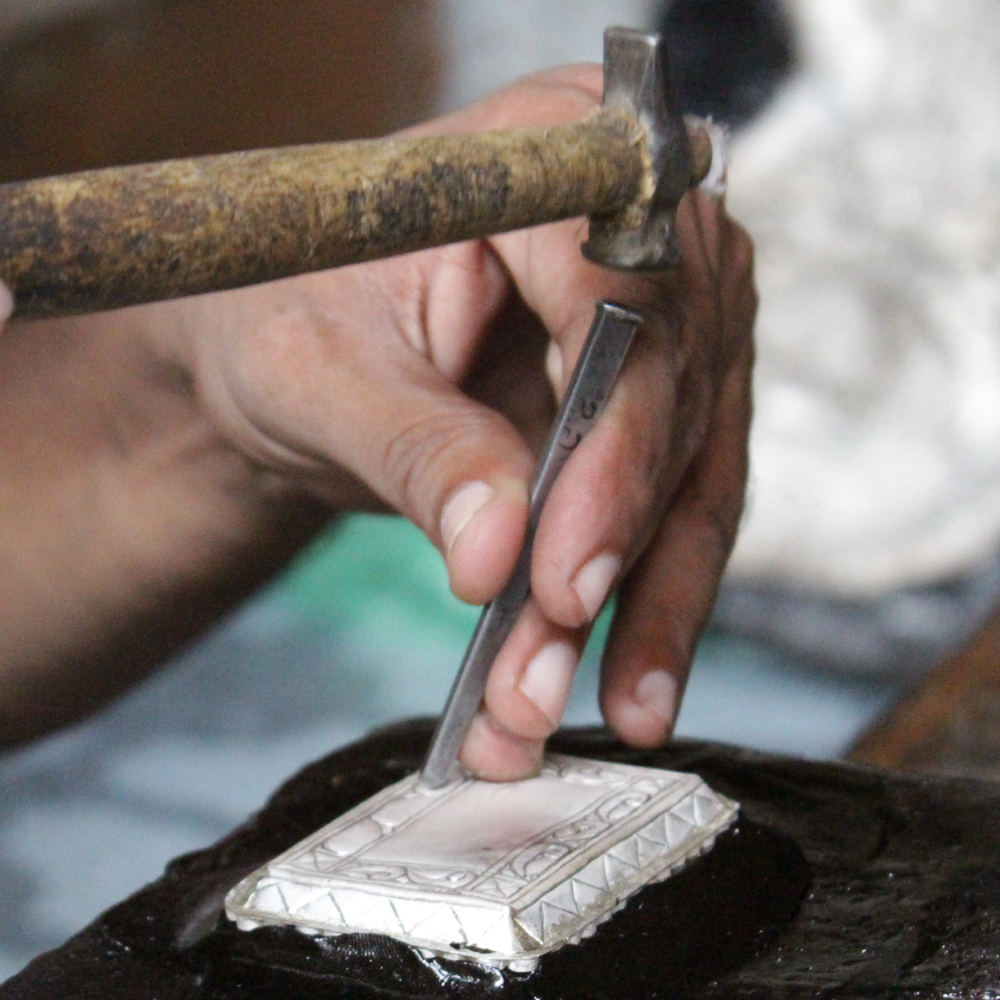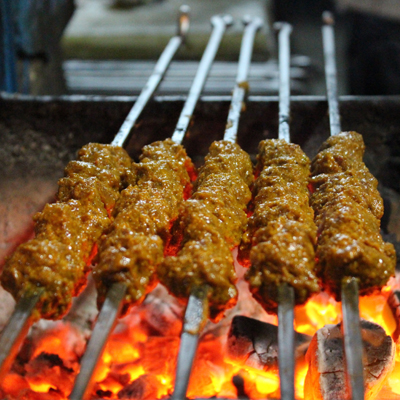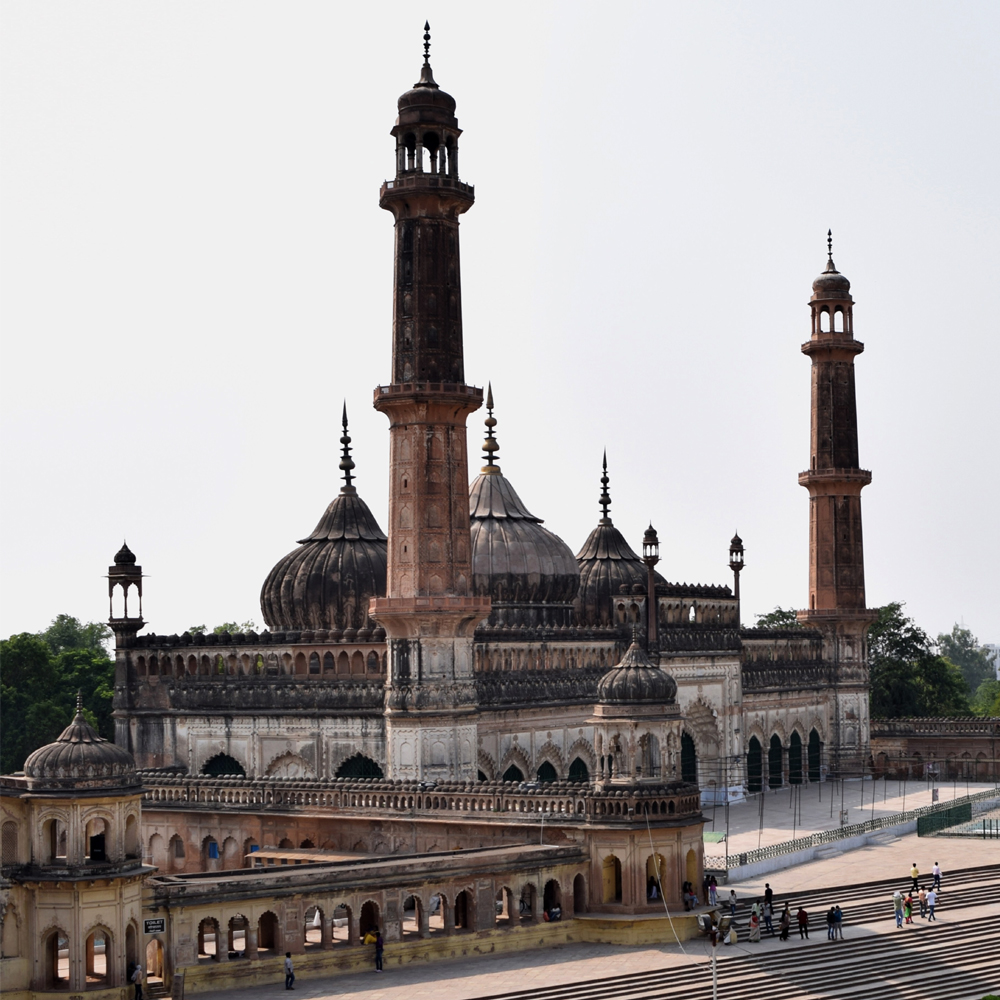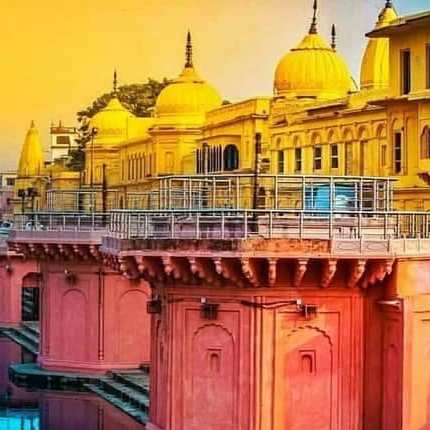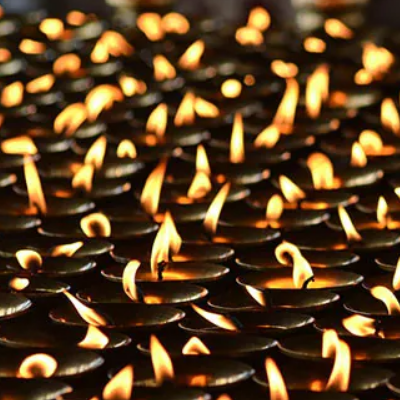Dudhwa Tiger Reserve
Once the playground of the famous hunters, Dudhwa today is the last of the pristine Terai eco-systems left. The Terai ecosystems is characterised by the person of fine alluvium and clay rich swamps, tall grassland and Sal forest. With the primary objective to protect the Swamp Deer (Ceruus duuauceli duuauceli) an area of 63 sq. kms was first constituted as the Sonaripur Sanctuary in 1958, followed by 212 sq. kms., being declared as the Dudhwa Sanctuary in 1968. It was only by the tireless effort of Late Billy Arjan Singh, the famous hunter turned conservations, that Dudhwa was declared a National Park in 1977.
Dudhwa National Park today has as area of around 490 sq. kms, along with a buffer of 124 sq. kms,. The Park consists of the finest quality of woodland, marshes and grasslands. It is situated between 28○ 42′ N latitudes and 80○ 28′ E and longitudes. The north-west boundary of the Park lies along the Indo-Nepal border and the rivers Mohan and Suheli provide it a natural boundary northern and southern side respectively. The Park is divided in to six ranges namely Dudhwa, Bankati, North Sonaripur, South Sonaripur Sathiana and Bellraien.
The Forest – Woodland & Grasslands
The woodlands in the Park are dominated by Sal (Shorea robusta) and Teak (Tectona grandis) trees generally from the top canopy along with Asna (Terminalia alata) Asidh (Logerstrocmia paruiflora) Bahera (Terminalia bellirica), Haldu (Adina cardifolia) and Kusum (Schleichea oleosa). The middle level of the forest consists of Rohini (Mallotus phillipensis), Gular (Ficus glamerrata), khurkhura (ficus conia), Banyan (Ficus bengalensis), Peeple (Ficus religiosa). The trees found near the river and water-bodies are Jamun (Syzygium cumini), Partju (Patranjiua roxburghii), Shoeora (Streblus asper), Shisham (Dalbergia sisso), Semal (Bonbax ceiba), Khair (Acacia cateechu), Gutel (Trewia nudiflora) which can be seen in the grassland. The grassland which are generally formed on hold river beds and silted lakes, in the local language these are called, ‘Phantas’ The generally intermingle with the forest and the main grass found in these phantas are Munj (Saccharum munja), Kans (Saccharum spontaneum), Narkul (Phragmites), karka (Arundo donax).
Animals in Dudhwa
Fresh pug marks and the scratching on nearby tree are sings of the presence of Tiger. Tiger is an animal which uses stealth to hunt and survive and in the forest of Dudhwa the tall grass and dense vegetation, further hidden from our eyes, makes the sighting of this majestic animal even more exciting and memorable. It is that the Tiger sees every visitor to the forest and only the only ones see it.
Forest of Dudhwa is full of life, where else can one see five species of deer namely the Chital or Spotted Deer, Hog Deer, Barking Deer, Swamp Deer and the Sambar. Wild Boars the primary prey of the Tiger is found in abundance here. Leopard Jungle cats Fishing cats and Leopard cats silently move on the forest floor hunting small animals.
At dusk, the creatures of night-porcupines, civets, jackals and bats become active and one should keep a look out for them from the safety of the guest houses.
Hispid Hare is the rarest mammal to be found in Dudhwa. The grassland are not only the home to Hispid Hare but also provide Elephants, which have migrated from Nepal, their fodder grounds.
Indian One-Horned Rhinoceros (Rhinoceros unicornis)
The Indian Rhinoceros once ranged throughout the entire stretch of the Indo-Gangetic plain, but excessive hunting and destruction f their natural habitat drastically left only small populations to survive in the North-east of India and Nepal.
In order to ensure the survival of the species the re-introduction of rhino was taken on the basis of the fact that rhino was once a part of this eco-system and that a Rhino was shot in 1878 in the adjoining forest of Pilibhit.
This project was undertaken by fencing an area of around 27sq. kms, in the South Sonaripur range consisting of around 80% grassland, 18% woodland and 2% wetland. In 1984 five Rhinos were introduced from Assam, followed by four females from Nepal in 1985. Today with the constant vigil and monitoring there are over 25 Rhinos in Dudhwa. A ride on the Elephant back is the perfect way to see these creatures once again living in the wild.
Birds of Dudhwa
While moving on the forest road, a dancing peacock is a delightful sight. Road Jungle Fowls, a bird of the Sal forest can been seen in every part of the Park. Dudhwa has a very rich bird life and there are over 450 species to be seen. The Tals of the Park are not only feeding grounds of the Painted Storks, Woolly Necked Storks or the Black necked Storks, but also are home to a large number of migratory birds in winters. The critically endangered vultures are also residents of the park along with another endangered bird – the Bengal Florican.
Winters are special time for bird watchers visiting the Park as a large number of birds locally migrate from the Himalayas along with the Teals, Pintails, Pochards which migrate from the cold regions of Siberia.
The fig trees attract the Hornbills which include the Great hornbill, oriental Pied Hornbill and the grey Hornbill.
The night brings the owls and the nightjars to the floor of the forest and the mysterious Chuk Chuk of the nightjar brings music to the silent forest.
Butterflies
Butterflies are the adult flying stage of certain insects belonging to an order or group called, Lepidoptera. Moths also belong to this group. The world ‘Lepidoptera’ means scaly wings in Greek. This name perfectly suits the insects in this group because their wings are covered with thousands of tiny scales overlapping in rows. The scales, which are arranged in colorful designs unique to each species, give the butterfly its beauty.
Butterflies are cold blooded meaning they cannot regulate their own body temperature. As a result their body temperature changes with the temperature of their surroundings. If they get too cold they are unable to fly and must warm up their muscles in order to resume flight. Butterflies can fly as long as the air temperature is between 60○ – 108○ F, although temperatures between 82○ -100○ F, are best. If the temperature drops too low, they may seek a light colored rock sand or leaf in a sunny spot and bask. Butterflies bask with their wings spread out in order to soak up the sun heat. Another way that butterflies can escape cold weather is by migrating to a warmer region. Some migrations butterflies, such as the painted lady and cabbage butterflies, fly only a few hundred miles, while others such as the monarch travel thousands of miles. Monarchs are considered the long -distance champions of butterfly migrations traveling as many as a 4000 limes round trip.
When butterflies get too hot, they may head for shade or for cool areas like puddles. Some species will gather at mineral-rich water. Generally more males than females puddle and it is believed that the salts and nutrients in the puddle are needed for successful mating.
There are around 1500 species of butterflies in India out of which around 40 species are found in Dudhwa.
Kishanpur Wildlife Sanctuary
This Sanctuary is an intrinsic part o f the Dudhwa Tiger Reserve. It has an area of around 220 sq. kms. The Sanctuary is around 30 km. From Dudhwa National Park and has one of the largest populations of Swamp Deers. Jhadi Tal is the centre of attractions of this Sanctuary where one can see large number of water and migratory birds. The surrounding of this is also the home of Tiger.
Reptiles
Reptiles are cold-blooded animals and include the snakes, lizard, turtles and crocodiles. The lizards found in Dudhwa include the Monitor Lizard, Gecko, Garden Lizards and Indian Chameleon.
Pythons can be sighted near the marshes and an alert eye can also see the Rat Snake, Cobra Common Karait or the Banded Karit among the fifteen other species found here. The muggar crocodile lie basking in the Sun along the river banks and lakes of Dudhwa and an early morning Sun also invites turtles to the banks to gather of turtle found in India fifteen are found in Dudhwa.
Tharu Hut and Tribals of Dudhwa
Tharus are the tribals living around the National Park. History says that the Tharus came from Rajasthan after the Battle of Haldighati, when the women and children were sent along with servants towards Nepal and the males stayed back and died fighting for their motherland. The women who were then left to fend for themselves, in the absence of men of nobler blood married their servants. This is the reason why the Tharu society a matriarchal society.






